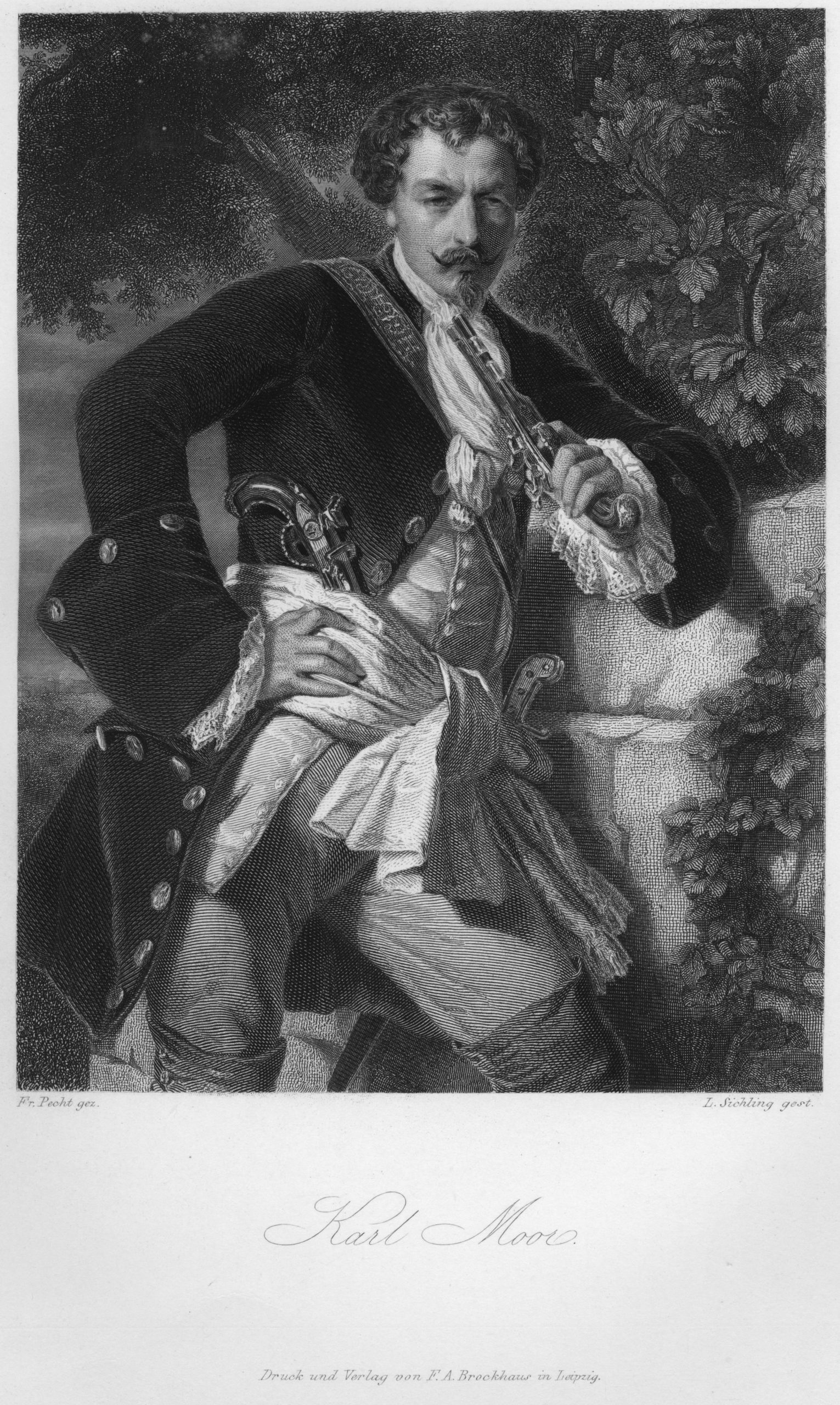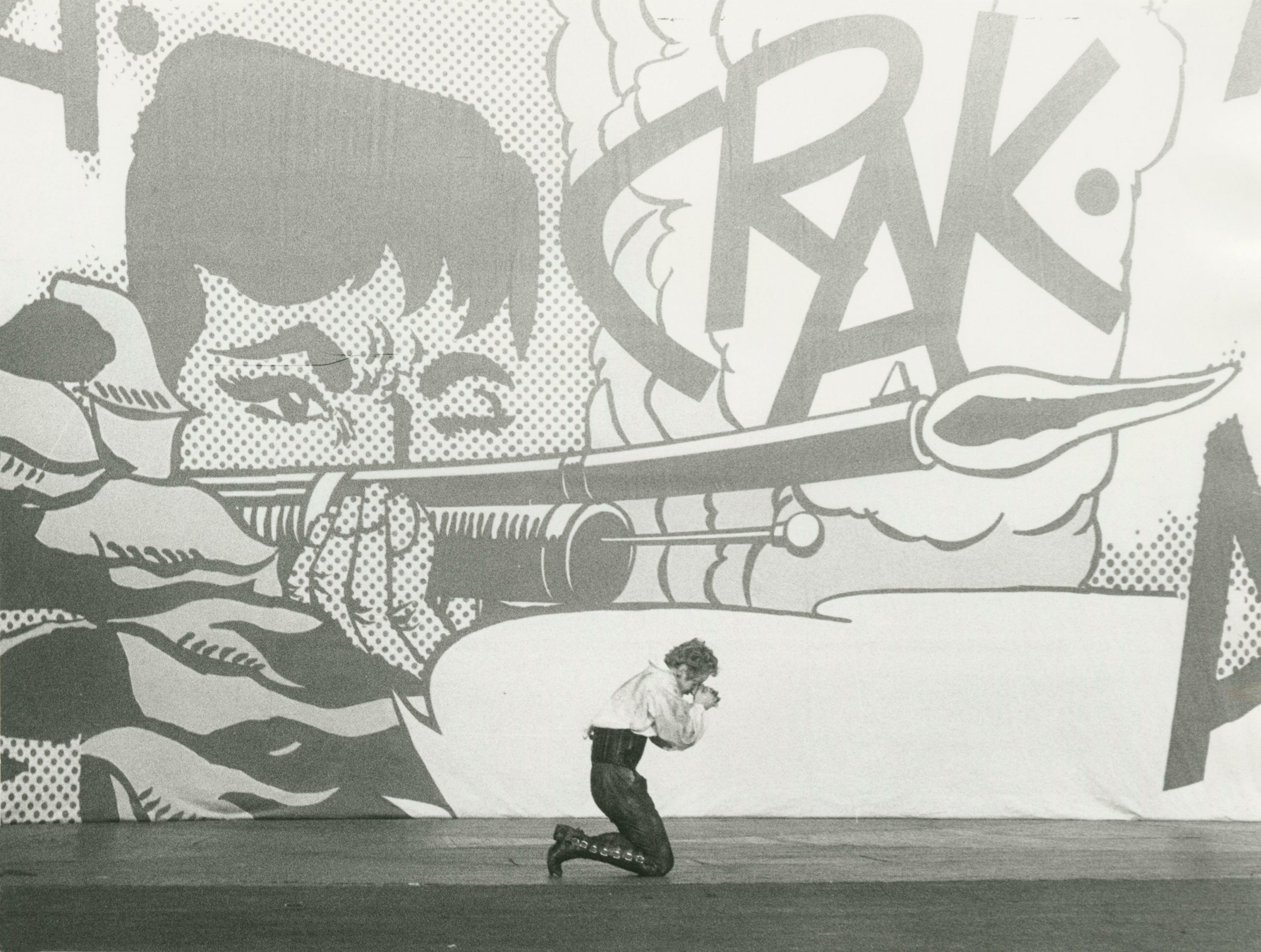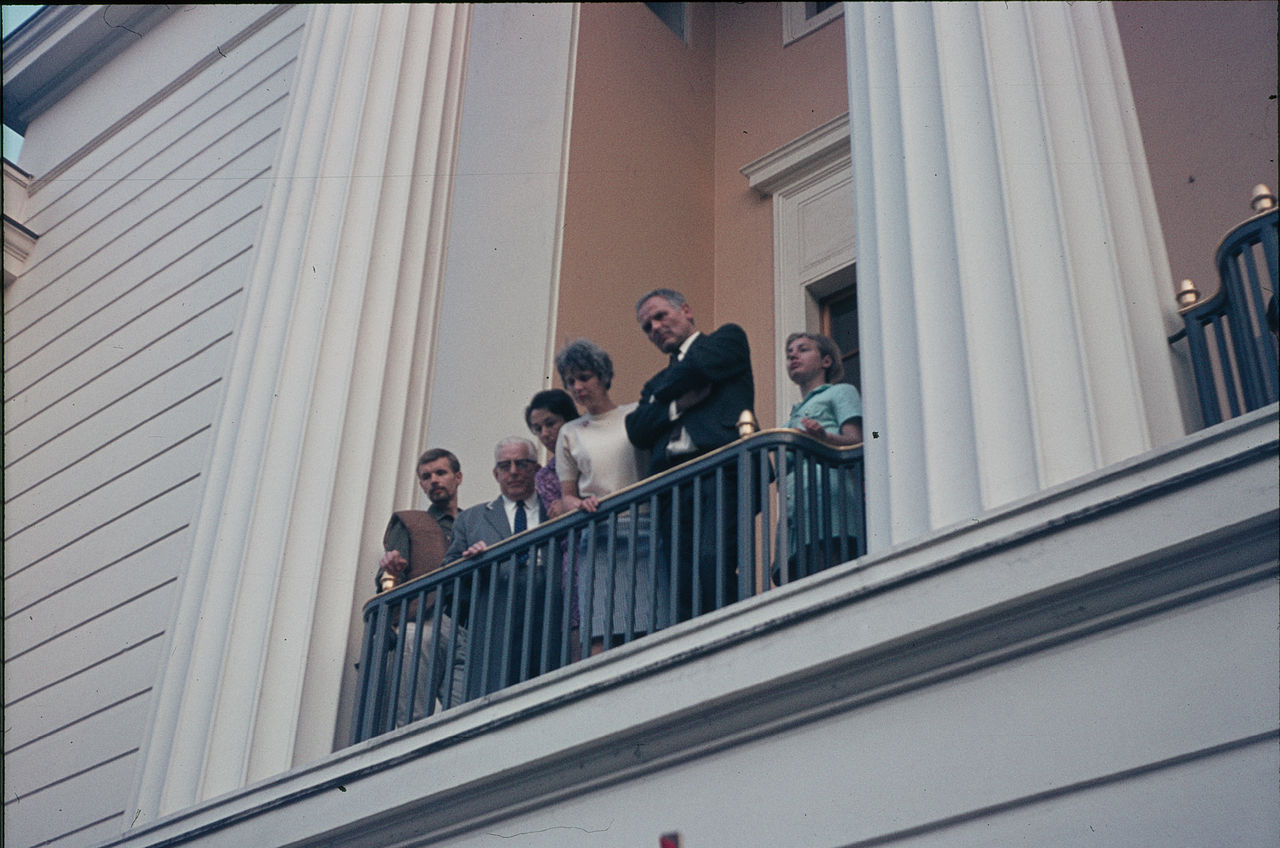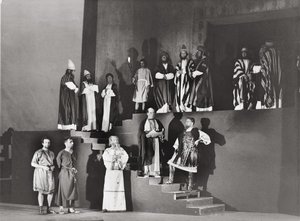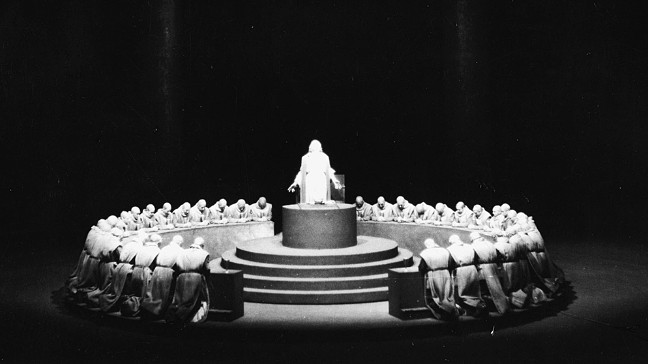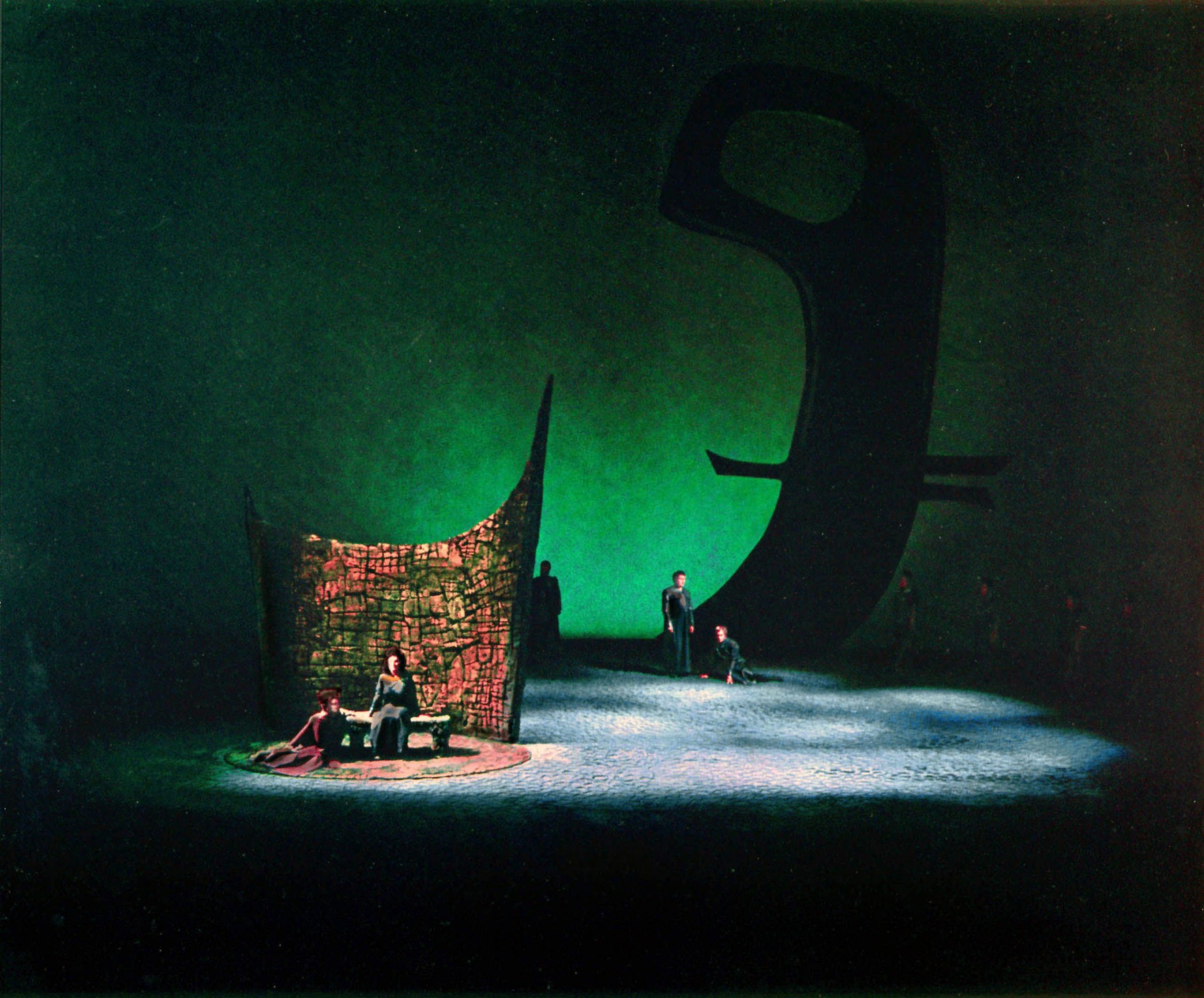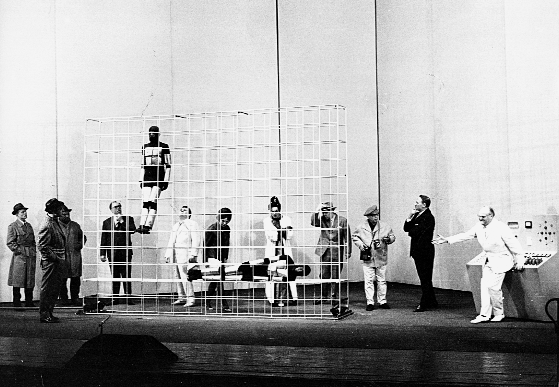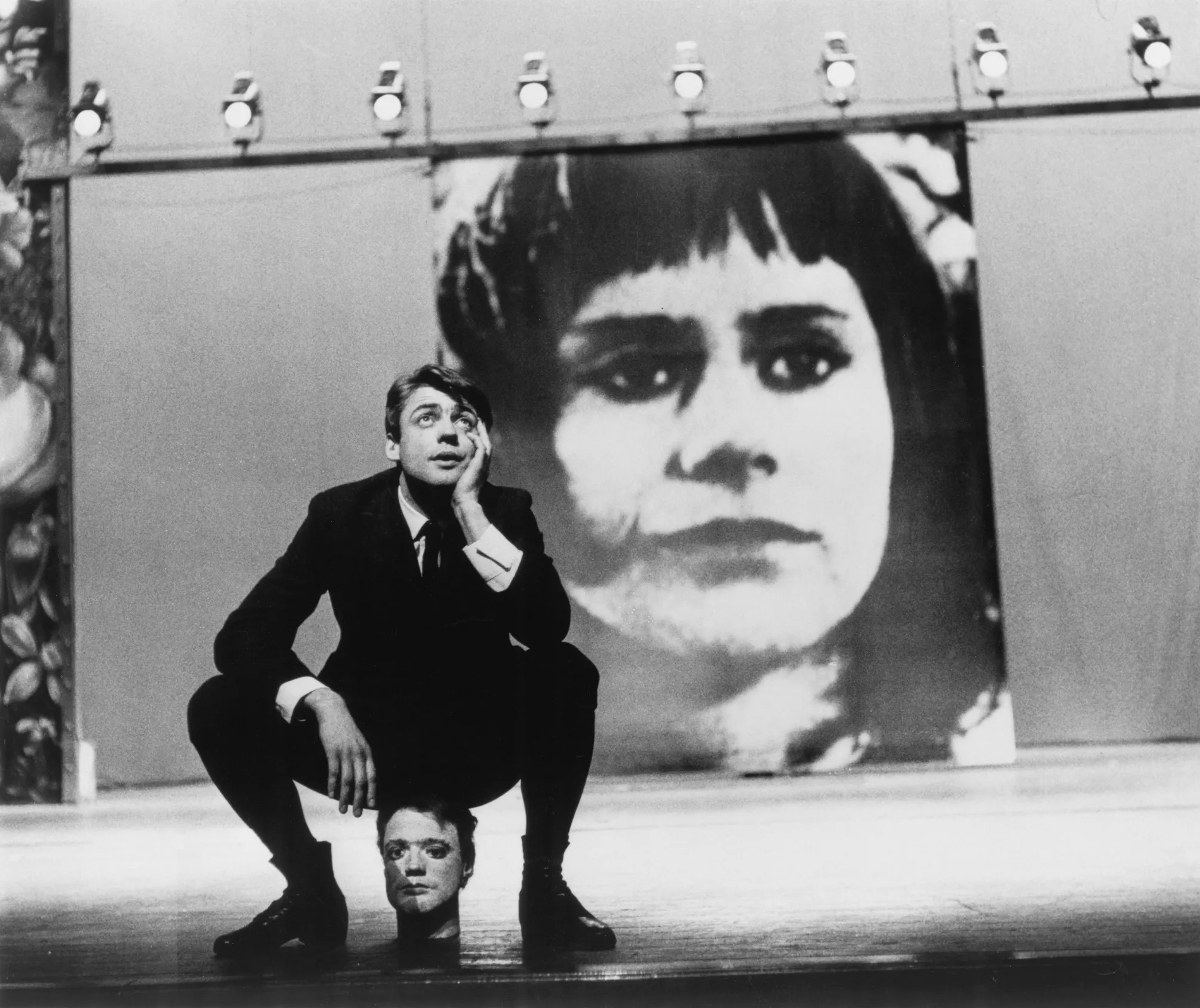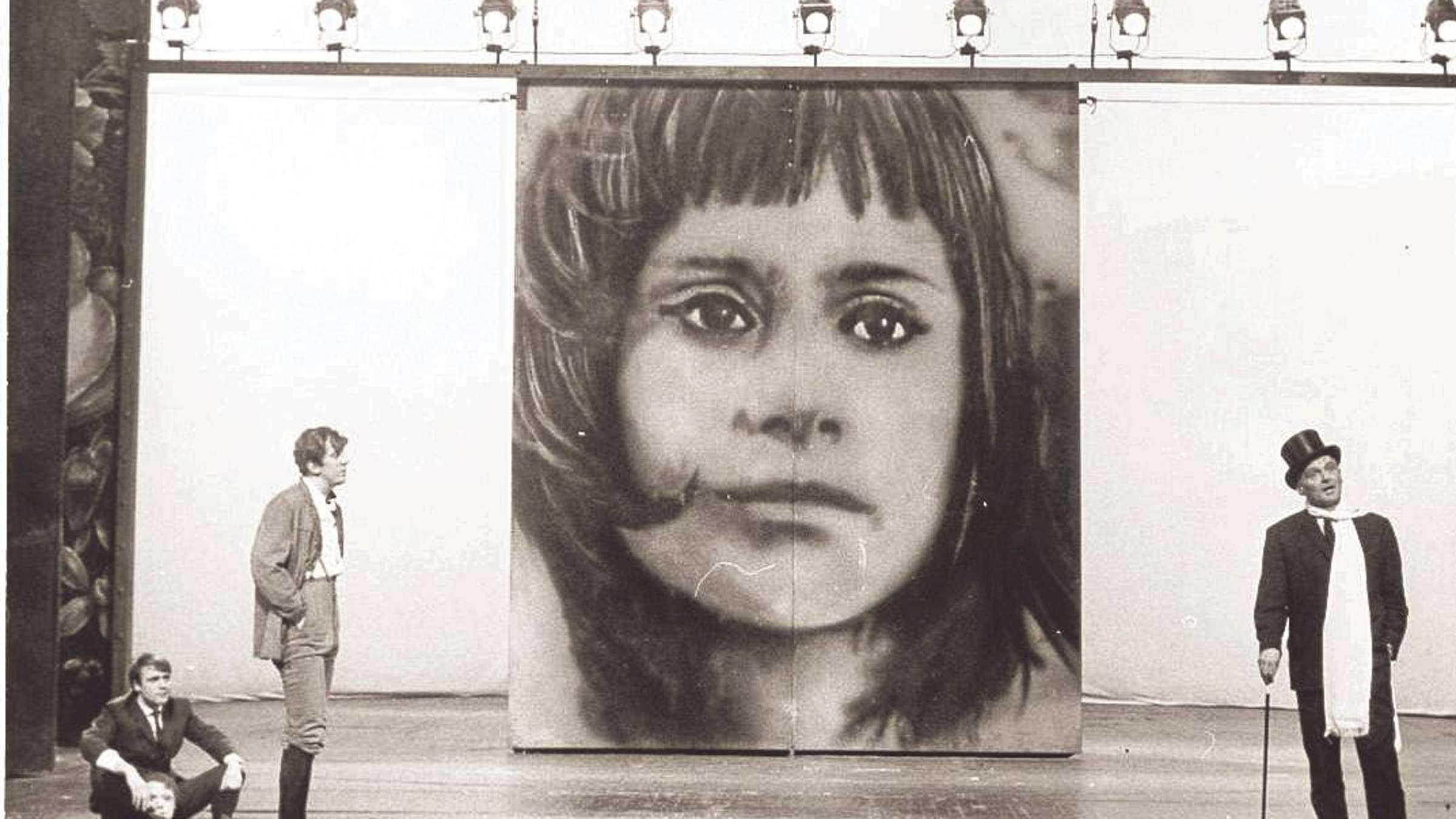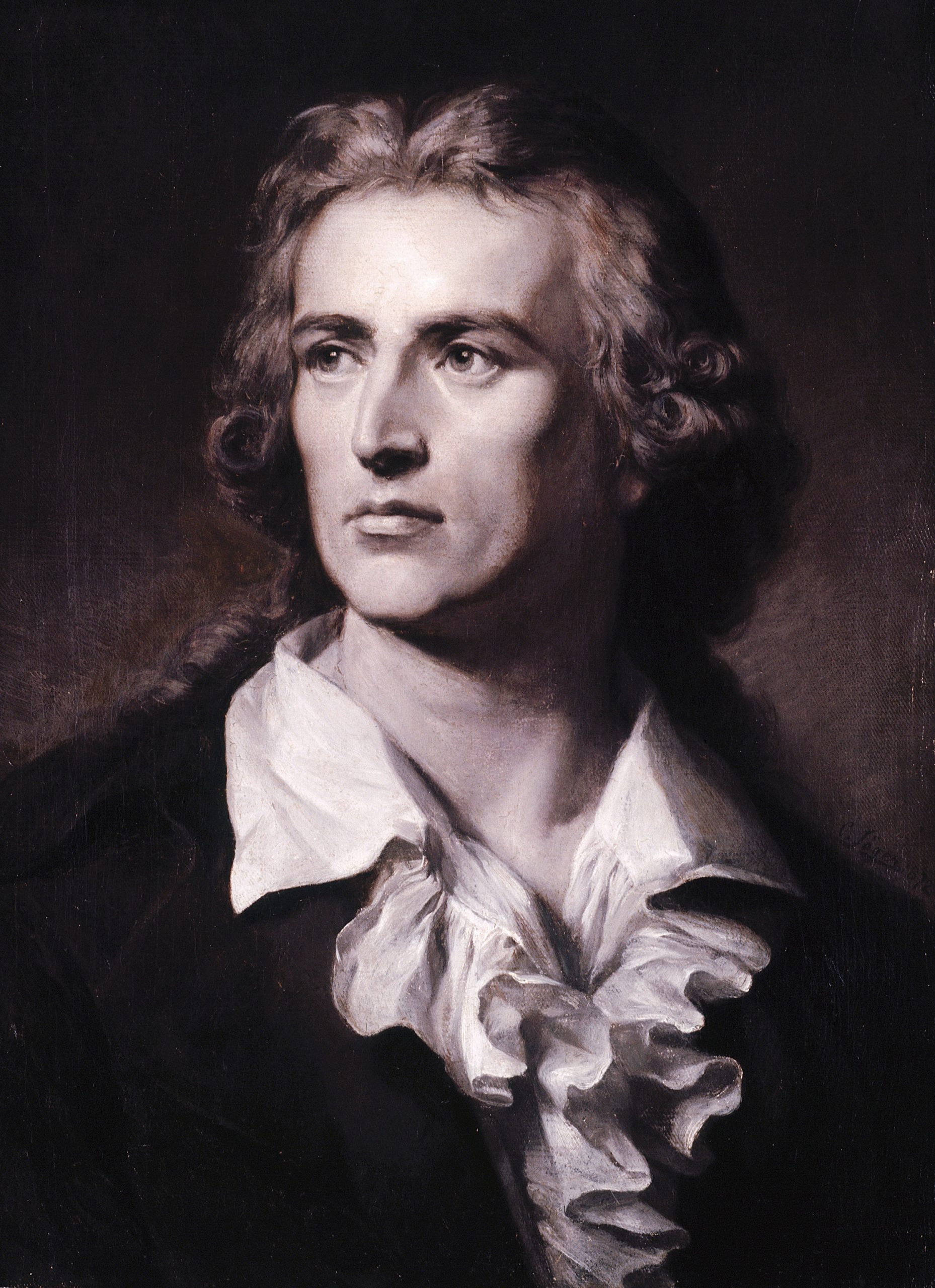
by Cora Buhlert
In Unquiet Times
Here in West Germany, October was a month of protests, some of which sadly ended in violence.
In Frankfurt on Main, more than twenty thousand people protested against the proposed emergency powers law, which would allow the West German government to suspend the constitution in case of wars or disasters. Since the emergency powers laws of the Weimar Republic are considered to have paved the way for Hitler, this is not a popular proposition, and indeed no one seems to want or need these laws except for the government.

Meanwhile in Cologne, the public transport authority plans a significant increase of tram and bus fares, particular for student tickets. As a result, more than eight thousand high school and university students blockaded the tram tracks on the Neumarkt in Cologne. These so-called "umbrella protests" (it was raining, so many protesters carried umbrellas) lasted for four days until they were violently broken up by the police.


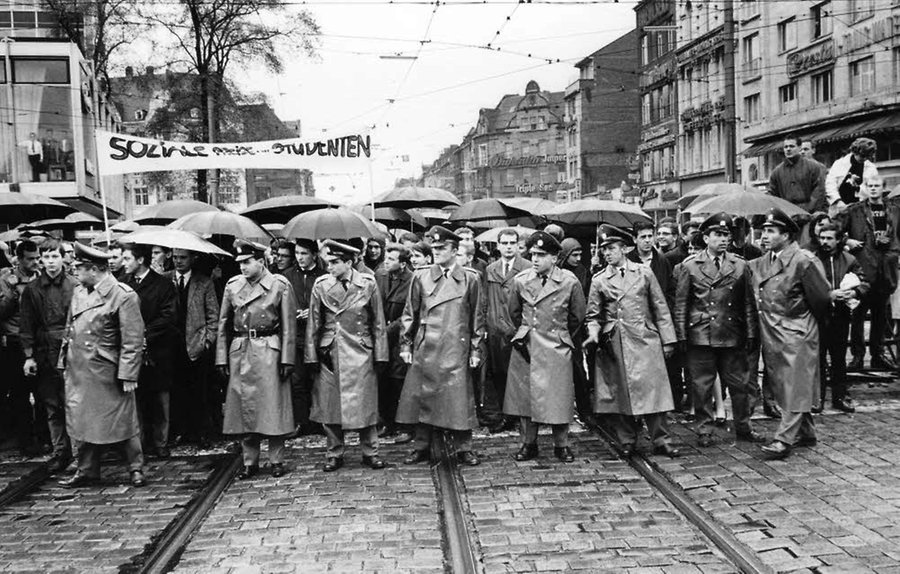
West Germany is not officially involved in the Vietnam war, but anti-war protests nonetheless happen a lot. In Munich, several people were arrested during an unauthorised protest against a visit by US ambassador George McGhee. And in the West German capital of Bonn, two hundred fifty Lutheran priests protested against the war in Vietnam, proclaiming that supporting the war means betraying the Christian faith.

War in Space

While the streets of West Germany were shaken by anti-war protests, "Deserters", the latest episode of Raumpatrouille: Die phantastischen Abenteuer des Raumschiffs Orion (Space Patrol: The Fantastic Adventures of the Spaceship Orion) showed us what warfare might look like in space. Because humanity is fighting the mysterious aliens known only as the Frogs, and that war is not going well: the Frogs have developed a shield that repels energy weapons, rendering them useless.
In response, Commander Cliff Allister McLane (Dietmar Schönherr) and the crew of the Orion 8 conduct a test of the Overkill device, a weapon as impressive as its name that can blow up entire planetoids. The striking effect was created by filling a plaster sphere with pantry staples like rice, raisins, ground coffee and flour and then blowing everything out of a small hole via pressurised air. Anybody who is familiar with the writing advice of Russian playwright Anton Chekhov will know that we can expect to see the Overkill weapon in action again before the episode is over.


Meanwhile back on Earth, the general staff is conferring, including familiar faces like Colonel Villa of the Galactic Security Service (Friedrich Joloff), General Wamsler of the Space Patrol (Benno Sterzenbach) and General Lydia Van Dyke of the Fast Space Fleet Command (Charlotte Kerr). I like that Orion makes the various generals recurring characters rather than having interchangeable uniforms issuing commands.
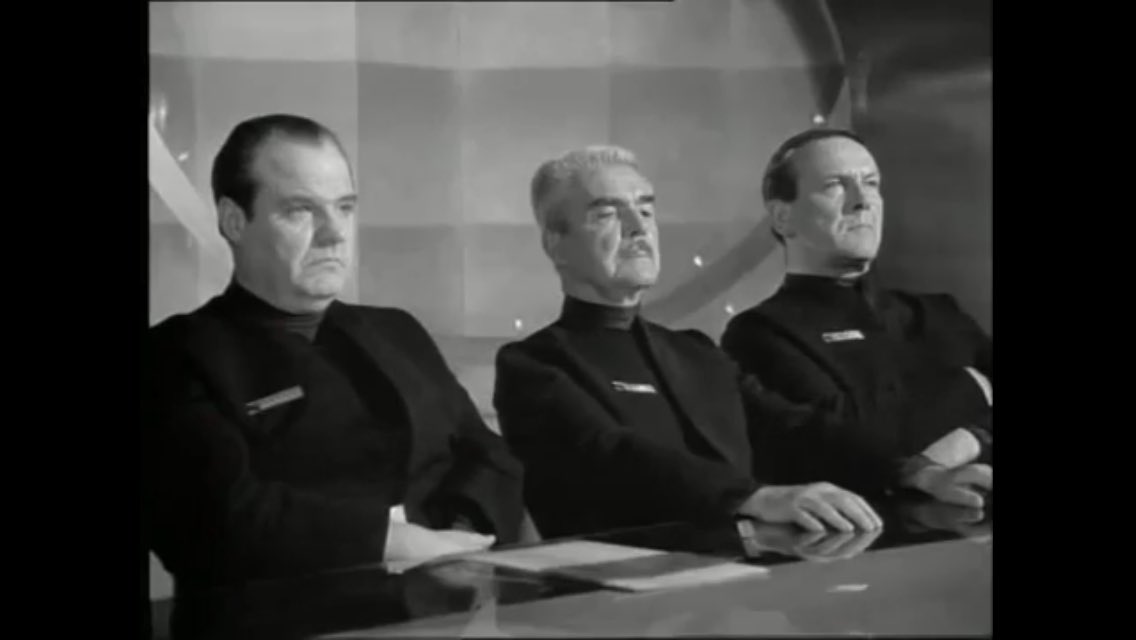
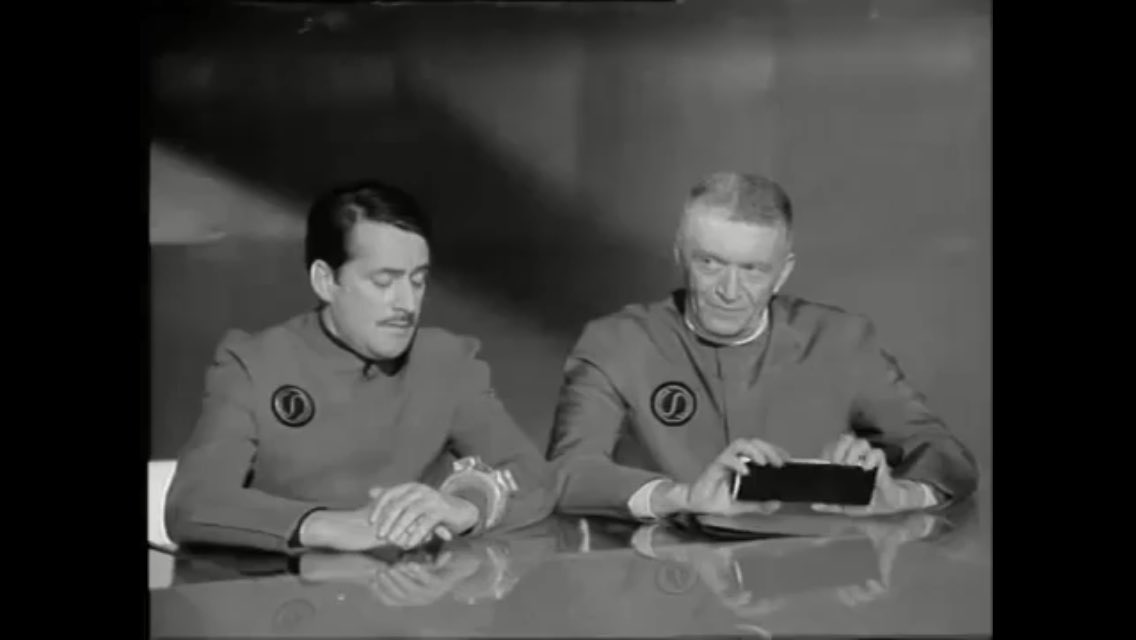
The reason for the conference is that Alonzo Pietro, commander of the spaceship Xerxes, attempted to defect to the Frogs and was only stopped at the very last instant. Pietro is fully sane, though he claims not to remember why he tried to defect. However, shortly before Pietro's defection attempt, the Xerxes landed on the space station M8/8-12, a station whose human crew experienced a breakdown, went mad and were replaced by robots.
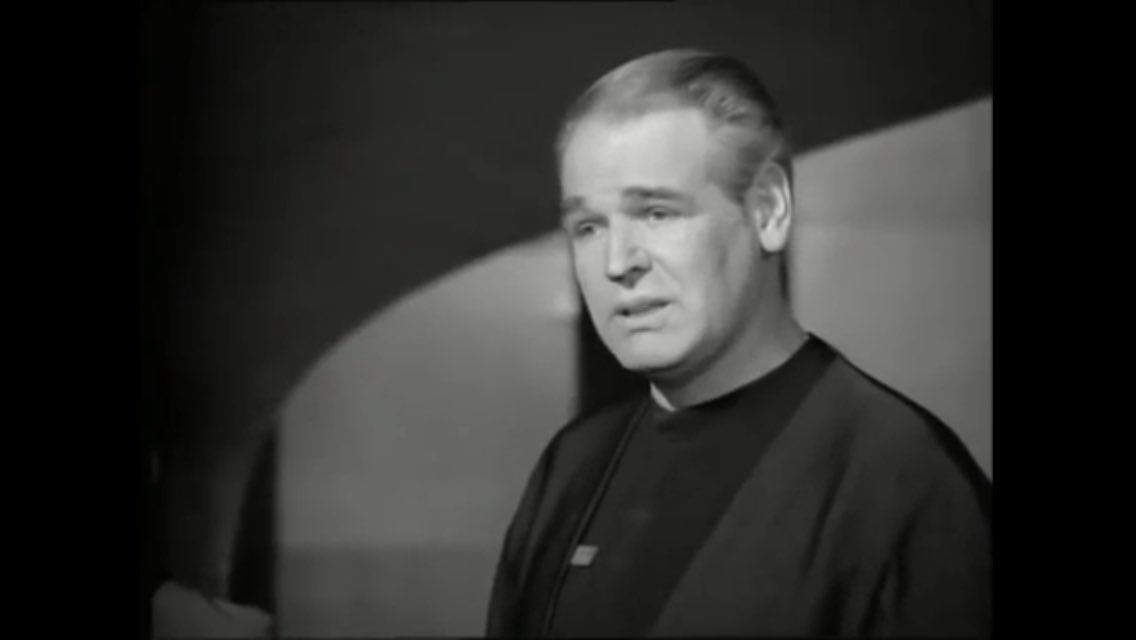
Sparks fly in the Starlight Casino
Meanwhile, Orion security officer Tamara Jagellovsk (Eva Pflug) is relaxing in the Starlight Casino with an unnamed officer. It's nice to see the normally so uptight Tamara on a date and enjoying a life outside work. Though this will not last, for Tamara spots McLane and Lydia Van Dyke having a drink at the bar, which causes her to promptly forget all about her date and instead scrutinise what McLane and Van Dyke are doing.
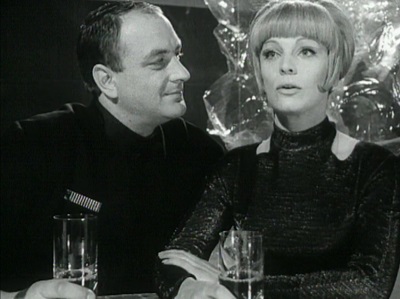
What they are doing is discussing the attempted defection of Alonzo Pietro. McLane is friends with Pietro (is there anybody in the fleet McLane is not friends with?) and cannot believe Pietro would turn traitor. However, McLane is quickly distracted, when he spots Tamara… with a man. So McLane and Tamara spend the rest of the evening glaring at each other across the dance floor, to the amusement of General Van Dyke and the dismay of Tamara's companion. Finally, McLane disrupts Tamara's date for good by sitting down uninvited at her table and sending her would-be suitor away on a false errand.
Sparks are flying between Tamara and McLane, and I wouldn't be surprised if half the fleet was taking bets on when those two will get together.
A Routine Mission
After this interlude, the crew of the Orion 8 head for space station M8/8-12 to install the Overkill device as a first line of defence against a potential Frog attack. It's a routine mission, but we know how well those tend to go for the Orion 8 and her crew. Especially since M8/8-12 is the very space station whose crew went mad and which Alonzo Pietro visited before attempting to defect to the Frogs. Uh-oh.
Luckily, Space Fleet Command is aware of the problems on M8/8-12 and sends along a psychiatrist named Professor Sherkoff (Erwin Linder) to observe the Orion crew. McLane takes this about as well as you can imagine.
Trouble finds the Orion crew as soon as they reach M8/8-12. The robots manning the space station do not respond to hails and neither does any other space station in the area. When the Orion finally lands, one of the robots attacks McLane, even though this contradicts the First Law of Robotics (invoked for the second time in the series after episode 3). Worse, the robots were specifically deployed to man the station because they were deemed more reliable than humans. Once again, the biggest proponent of replacing humans with robots is Colonel Villa, who also happens to be Tamara's direct superior, which supports the theory that Tamara is a highly advanced android herself.

Both McLane and Professor Sherkoff suspect that something is wrong on M8/8-12 . However, the Orion crew still has a job to do and proceed to install the Overkill device. Tamara was left behind aboard the Orion to watch the ship, but since she is the crewmember with the most robotics experience (maybe because she is one herself), McLane calls her in to examine the malfunctioning robots and sends Hasso Sigbjörnson (Claus Holm) back instead.
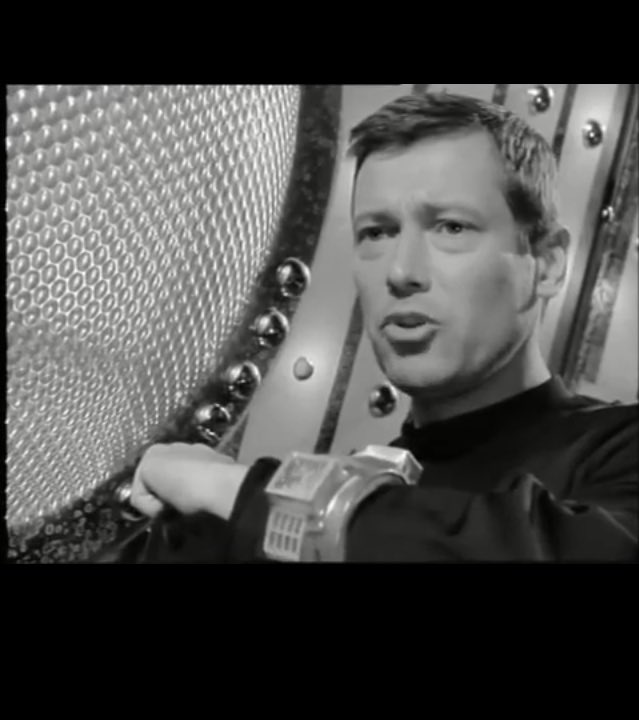
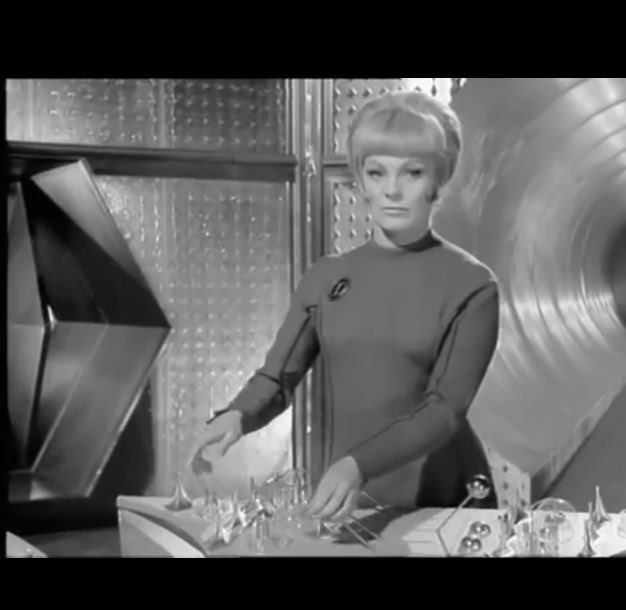
A Traitor On Board
While the Orion crew installs the Overkill device, which involves a lot of silver and translucent glass baubles that look like Christmas tree ornaments, Hasso falls asleep in the command chair and is only roused when McLane calls and tells him to program the coordinates for their next destination.
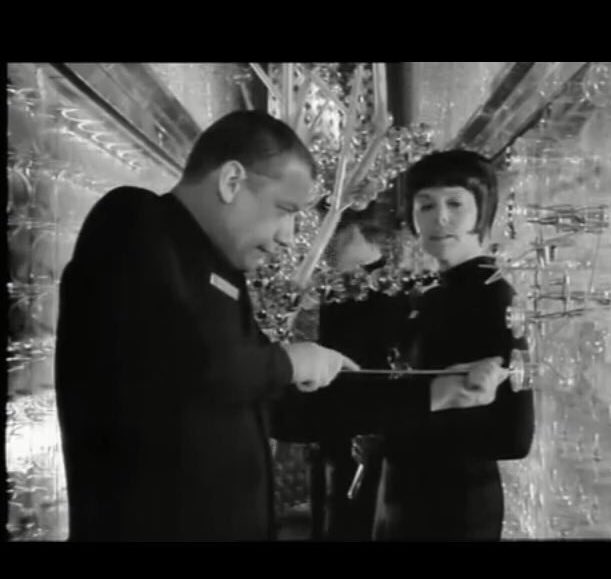
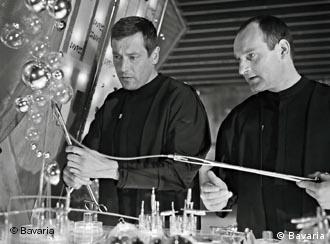

So Hasso approaches the computer – a plain egg-shaped device with one big light rather than the light-studded computer of the destroyed Orion 7. This sole light begins to pulse like a malevolent evil eye, and Hasso gets a thousand-yard stare, as he punches the coordinates into the computer.
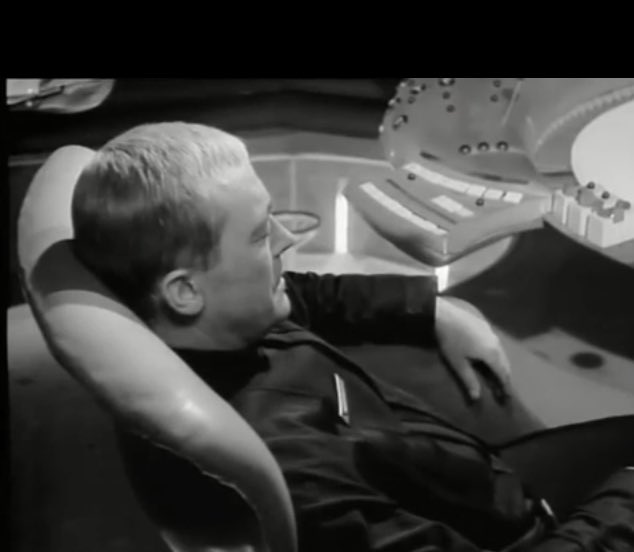

Before taking off, McLane checks the course again and realises to his horror that the course entered into the computer would take the Orion into space sector AC 1000, a sector held by the Frogs.
There's a traitor aboard the Orion, so as security officer, Tamara takes command to conduct the investigation. "This will not take long," she tells McLane, because there is only one likely suspect: Hasso Sigbjörnson.

McLane doesn't believe that Hasso is a traitor – after all, they've known each other for ten years. However, McLane isn't in charge, Tamara is. And so she proceeds to interrogate Hasso, who claims not to remember anything. Hasso Sigbjörnson truly must be the unluckiest man in the fleet, because in four episodes so far he nearly got killed twice and was accused of treason once.
Space Patrol Orion has excellent actors, and their skills are on display in this scene. Particularly, Claus Holm shines as the bewildered and increasingly defensive Hasso, who's even sweating visibly. Meanwhile, Professor Sherkoff is watching with an ever so slightly sinister smirk on his face.
Tamara proceeds to arrest Hasso and calmly informs him that regulations require that she stuns him. Interestingly enough, McLane does not try to stop Tamara. However, another member of the Orion crew intervenes on behalf of Hasso, namely Helga Legrelle (Ursula Lillig).
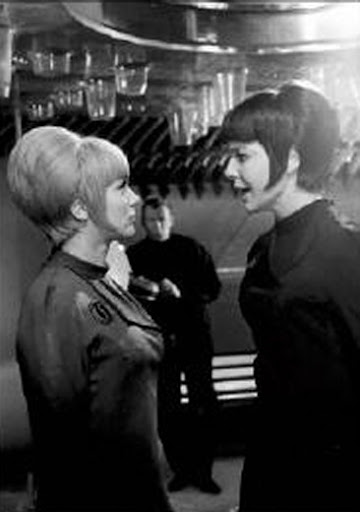
So far, the scripts haven't given Helga much to do except utter the occasional line of gizmo speak, but she finally gets to shine when she takes on Tamara. It's obvious that Helga doesn't like Tamara because of McLane's interest in her. However, Helga also points out one important fact: Hasso was not the only crewmember who was alone aboard the Orion and could have reprogrammed the course. Tamara was also alone on board and could have done it.
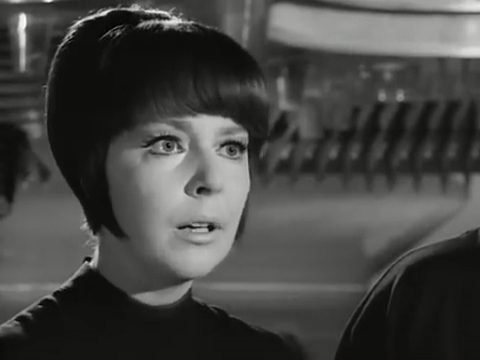
While Helga and Tamara fight it out, Mario de Monti (Wolfgang Völz) is watching from the sidelines, when he suddenly gets that thousand-yard stare as well. Like a sleepwalker, he begins to punch coordinates into the Orion's computer. Coordinates, which will take the Orion deep into Frog territory. When confronted with what he has just done, Mario also claims not to remember anything.
The Manchurian Mule
Before Tamara can arrest even more people, Professor Sherkoff intervenes and points out that both Hasso and Mario were standing directly in front of the computer when they suddenly felt compelled to enter the coordinates for the Frog base. The Professor then proposes an experiment and tells Tamara to stand in front of the computer. And indeed, the malevolent light starts to pulse again, Tamara goes blank and begins to punch the coordinates for the Frog base into the computer.
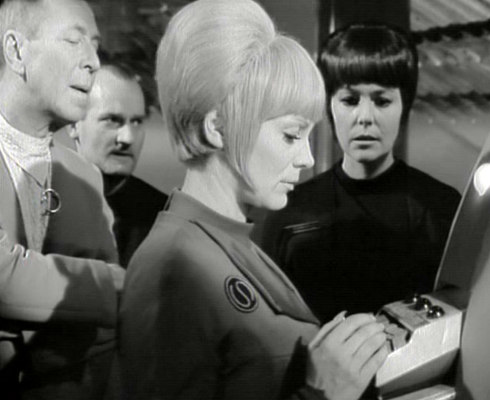
Since Tamara most definitely is not a traitor and neither are Hasso and Mario, the Professor explains that the Frogs are using telenosis (a portmanteau of "telepathy" and "hypnosis") rays emitted via the Orion's computer to manipulate the crew. The same thing happened to Alonzo Pietro and the M8/8-12 crew.
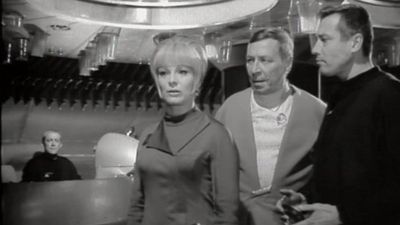
A note of context: The Cold War is a game of spies, some of whom occasionally change sides and defect. And indeed, there have been several high profile defections in recent years, including British double agent Kim Philby who defected to the Soviet Union in 1963.
The Cold War also breeds paranoia, including fear of perfectly loyal men and women brainwashed into unwittingly aiding the enemy. There has never been a documented case of a brainwashed agent in the real world, but they abound in fiction whether it is in spy thrillers like Richard Condon's The Manchurian Candidate or science fiction novels like Samuel R. Delany's Babel-17.
"Deserters" cannot be influenced by Babel-17, because the show was already in production when the novel came out. The Manchurian Candidate is a possible influence. However, I suspect that the inspiration for the Frogs and their telenosis ray is "The Mule", a malevolent mutant who uses his telepathic powers to bring the Foundation to its knees in Isaac Asimov's Foundation and Empire. After all, the repeated references to the Three Laws of Robotics prove that the writers have read Asimov. And indeed, the talky boardroom scenes featuring the various generals are reminiscent of the equally talky early Foundation stories.
Hunt the Orion
However, the Mule never had to deal with the Orion crew. And so McLane devises an ingenious plan. Since the Frogs clearly want the Orion to head to sector AC-1000, the Orion will go there, letting the Frogs believe that their attempts the hypnotise the Orion crew into defecting were successful. Once the Orion crew is in range of the Frogs' base, they will use the Overkill device to blow it up.

There is only one hitch. The Orion can't inform Space Fleet Command of their plan, because the Frogs might be listening. Therefore, once the Orion's unauthorised course is detected, the general staff assumes that the crew are planning to defect. General Wamsler points out that he really cannot imagine McLane of all people turning traitor, while his aide Lieutenant Spring-Brauner (Thomas Reiner) gleefully sends the entire fleet after McLane to shoot down the Orion.
The ship closest to the Orion is none other than the Hydra under the command of Lydia Van Dyke, who no more believes that McLane would turn traitor than Wamsler does. Therefore, she delays the chase, until a swarm of Frog ships forces her to return to Earth. McLane, meanwhile, manages to destroy the Frog base as well as a squadron of Frog ships with the Overkill device.
Back on Earth, the Orion crew and Alonzo Pietro, who is no longer under arrest for treason, celebrate. Tamara dances with Professor Sherkoff much to McLane's dismay.


Paranoia in Space
"Deserters" is a low-key episode of Space Patrol Orion, but nonetheless an effective story, which succeeds in generating a paranoid atmosphere throughout.
I have to admit that I suspected Professor Sherkoff of being the traitor from the moment he first stepped aboard the Orion. For it was obvious that no member of the Orion crew would turn out to be the traitor and Sherkoff was the only one who didn't belong. Besides, Erwin Linder's ever so slightly sinister smirk just makes him look suspicious.
This was a nice bit of misdirection, because in the end Sherkoff turned out to be exactly what he was introduced as, namely a psychiatrist supposed to examine the Orion crew, whereas the true villain was a computer with a malevolently pulsing light.
The Frogs have been hovering in the background of every single episode so far, though we have only briefly seen them twice. Personally, I like keeping the main antagonists off stage, because the unseen menace is so much more terrifying than a goofy rubber monster.
A taunt science thriller pregnant with paranoia.
Four and a half stars.


![[November 8, 1966] Paranoia and High Treason: <i>Space Patrol Orion</i>, Episode 4: "Deserters"](https://galacticjourney.org/wp-content/uploads/2021/11/orion-41-490x372.jpg)
![[October 19, 1966] Routine Missions and Asimovian Robots: <i>Space Patrol Orion</i> Episode 3: "Guardians of the Law"](https://galacticjourney.org/wp-content/uploads/2021/10/RAUMPATROUILLE-EP-3-160-672x372.jpg)
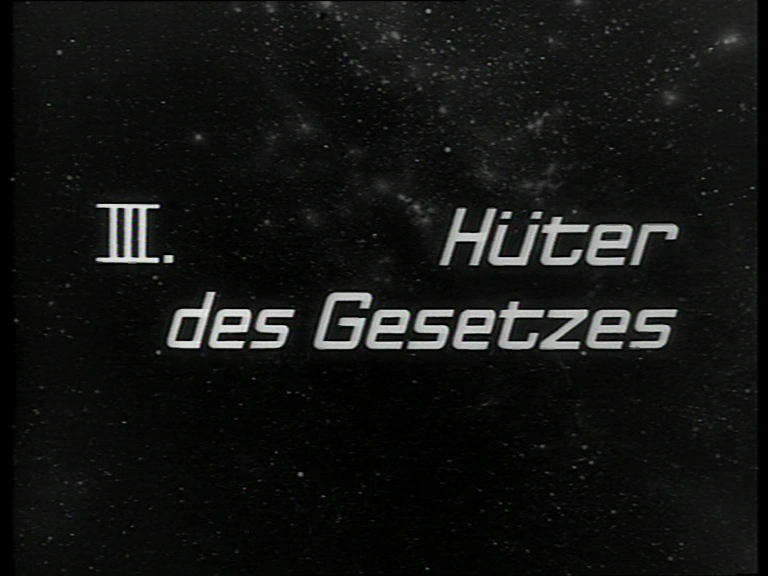
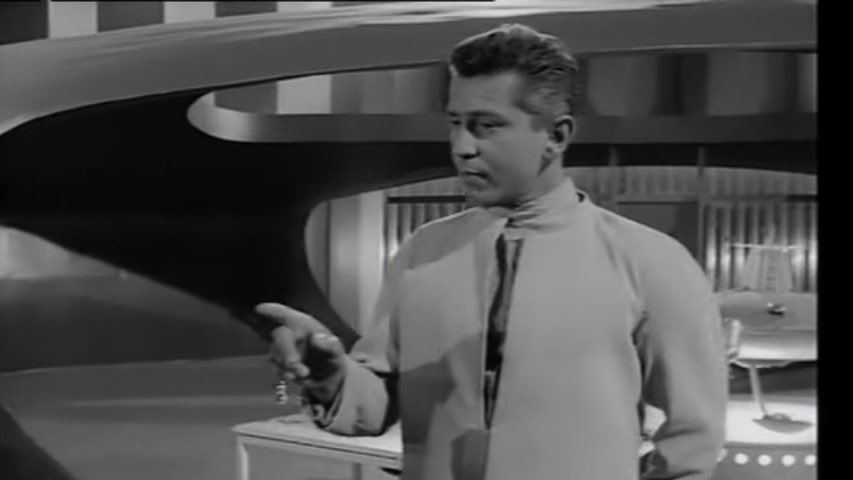
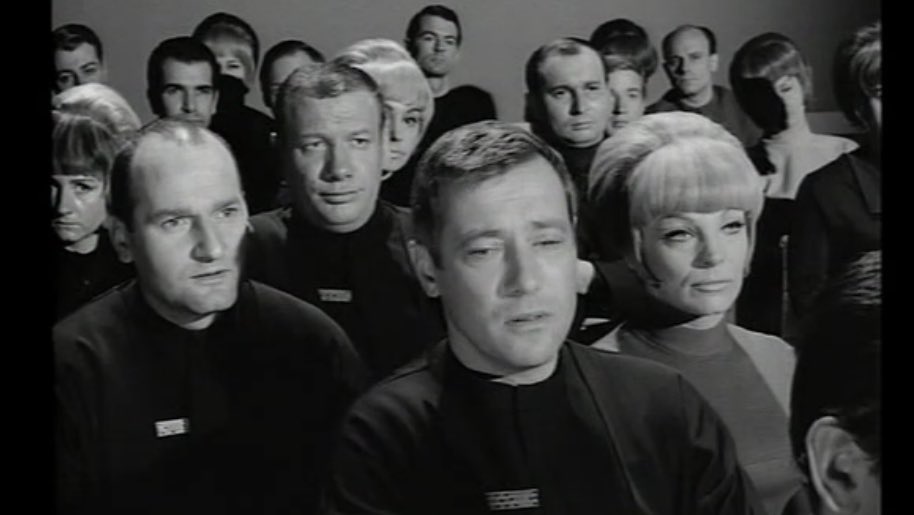
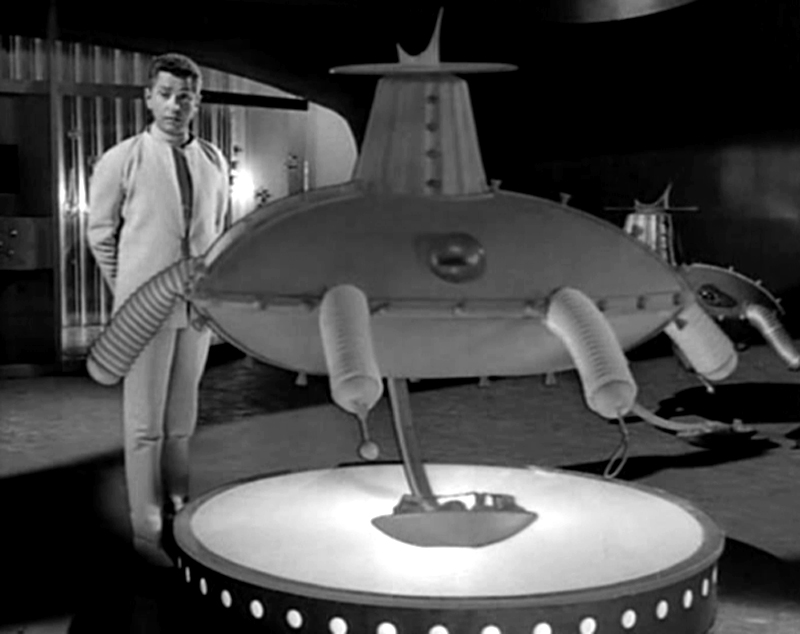

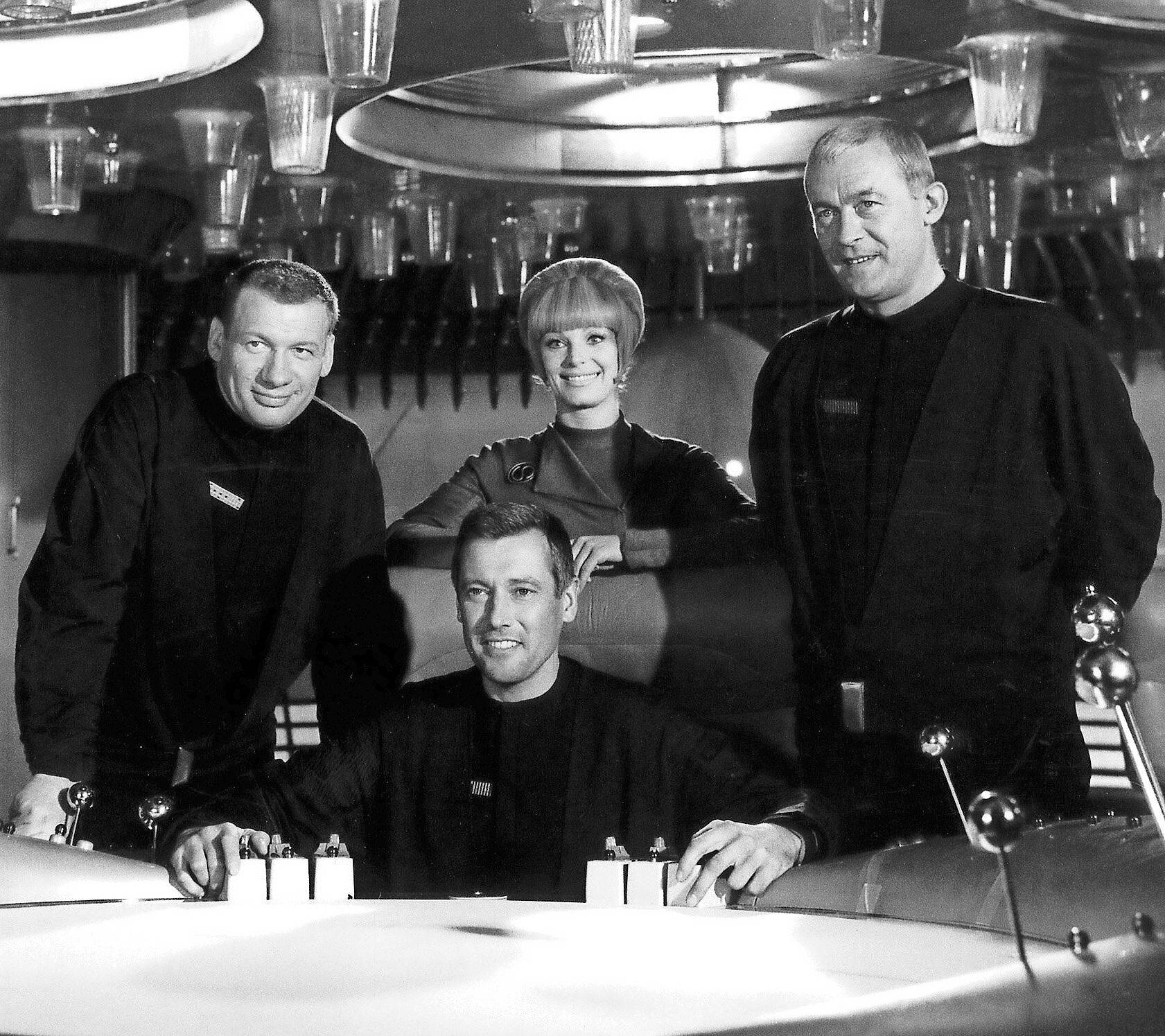
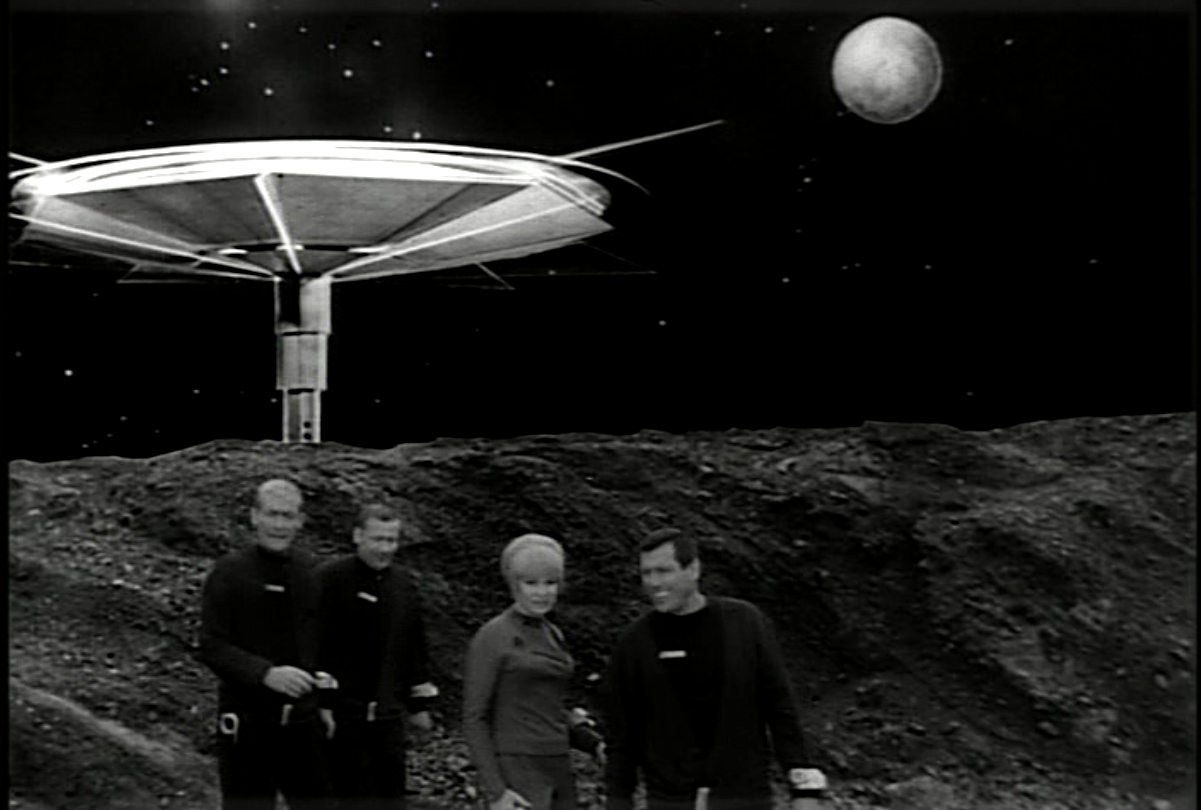
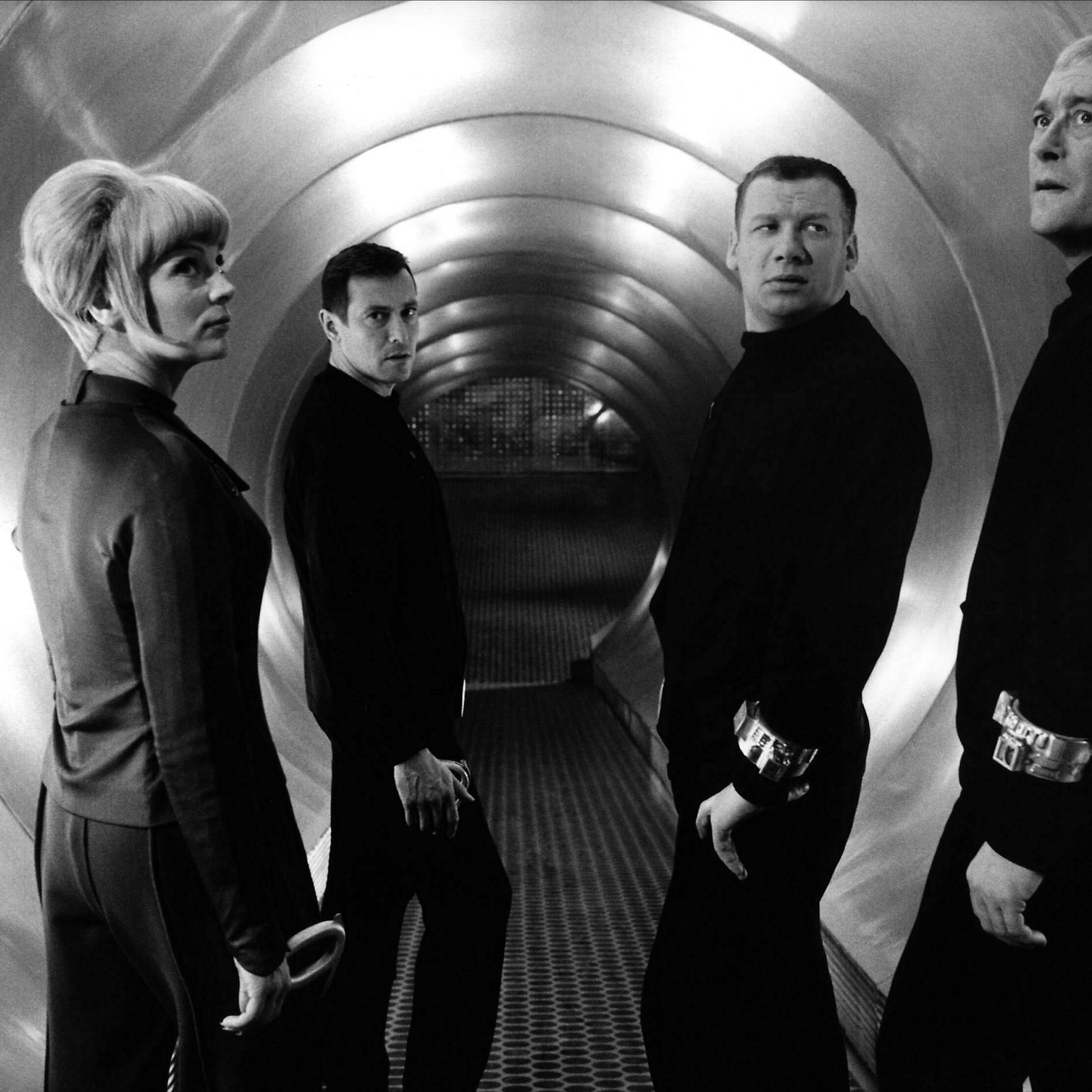
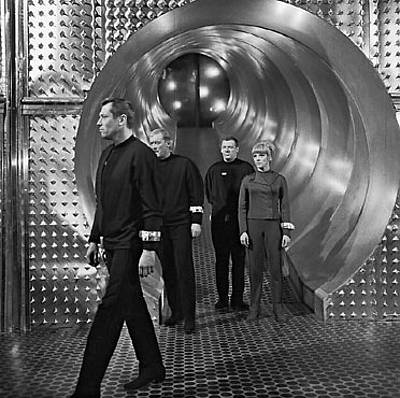
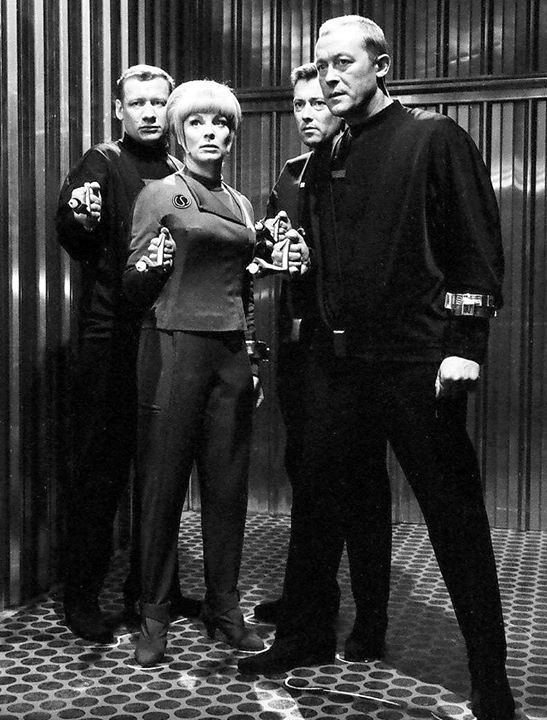
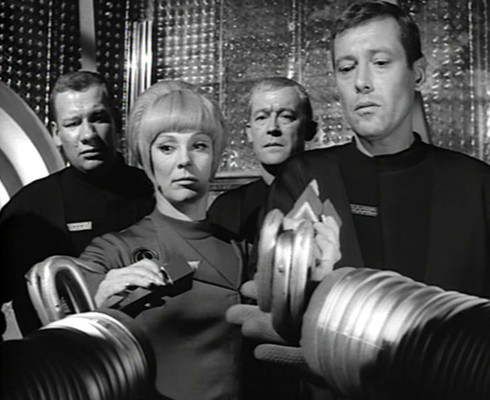


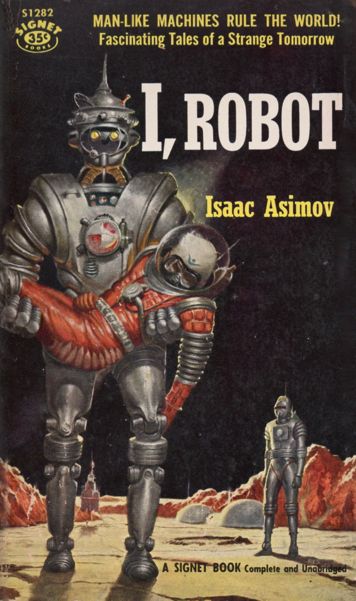
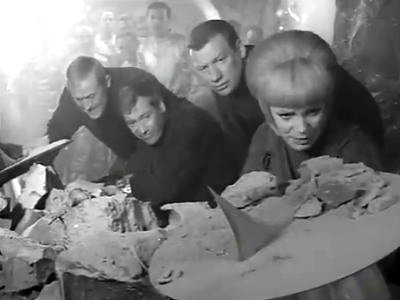
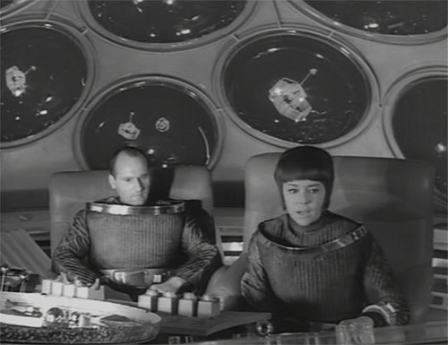
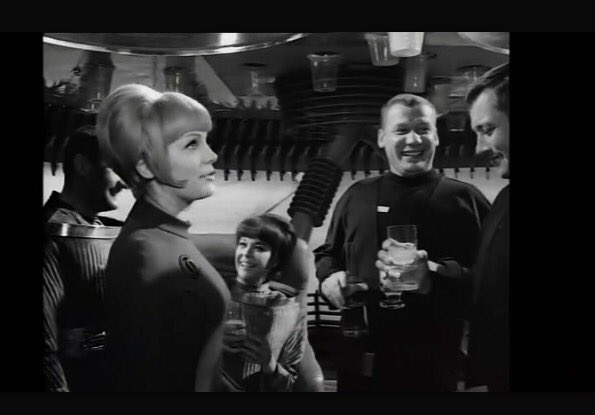
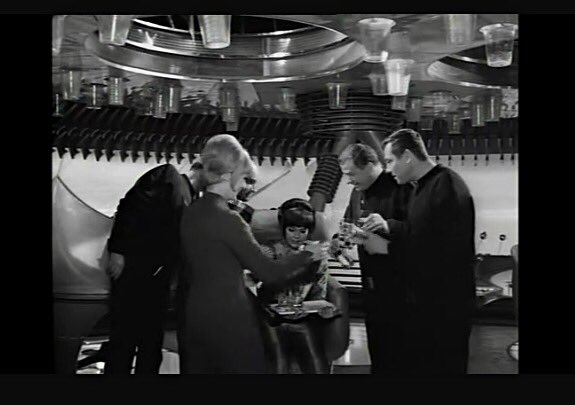
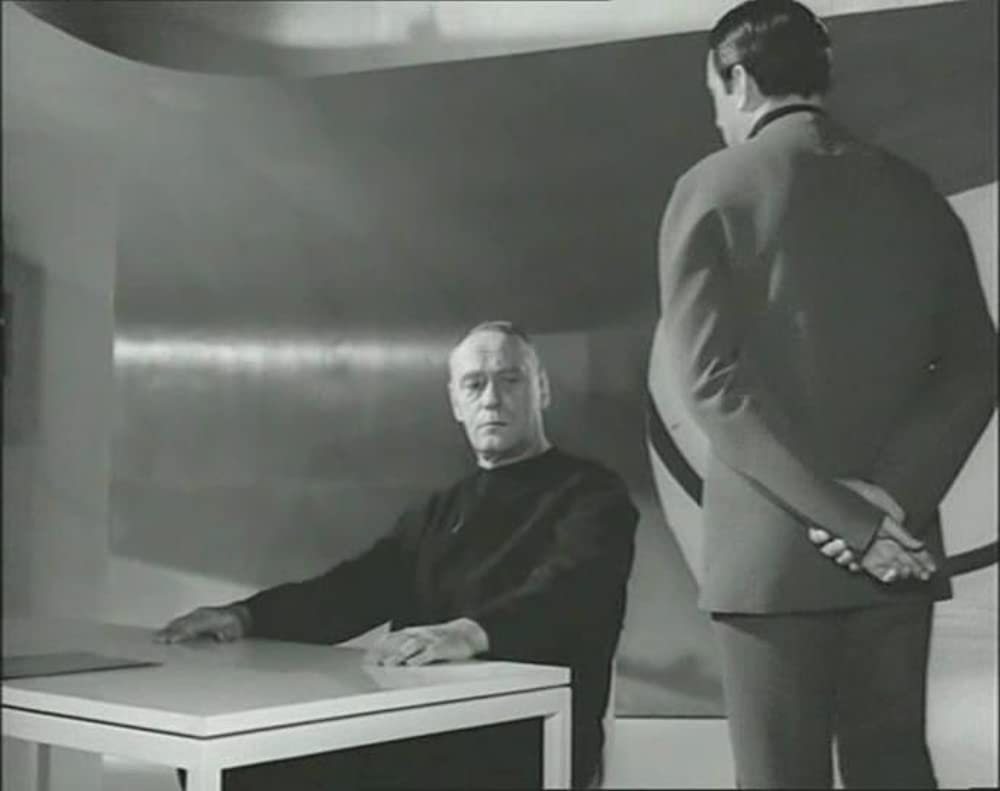
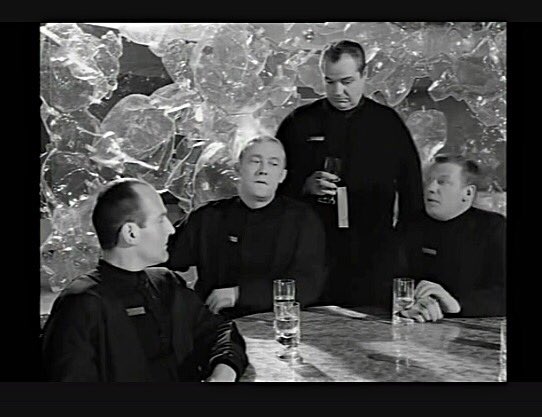
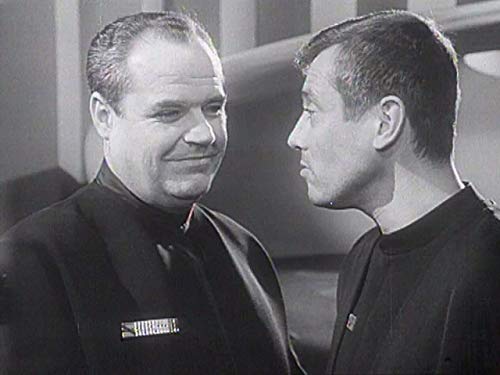

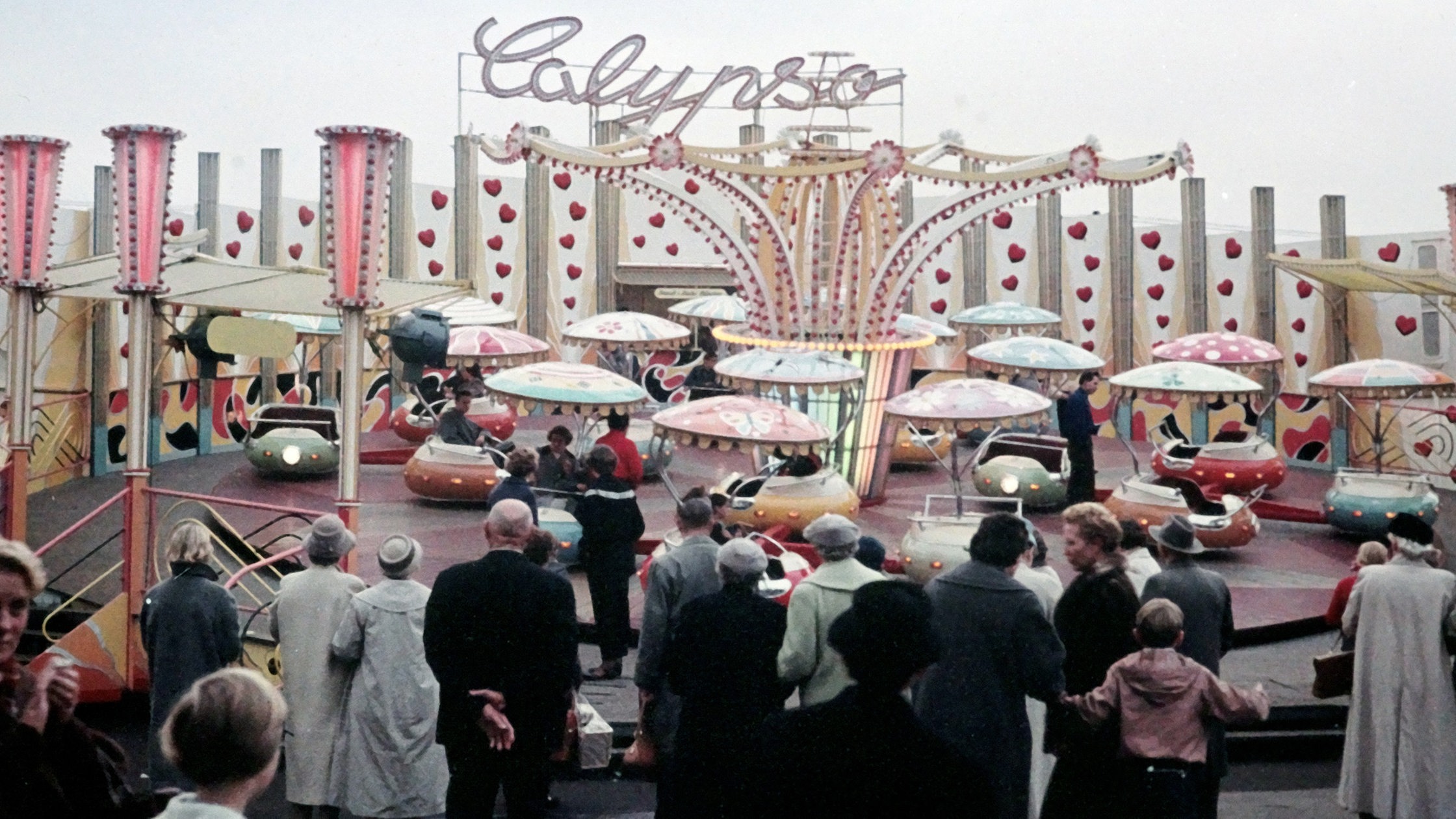
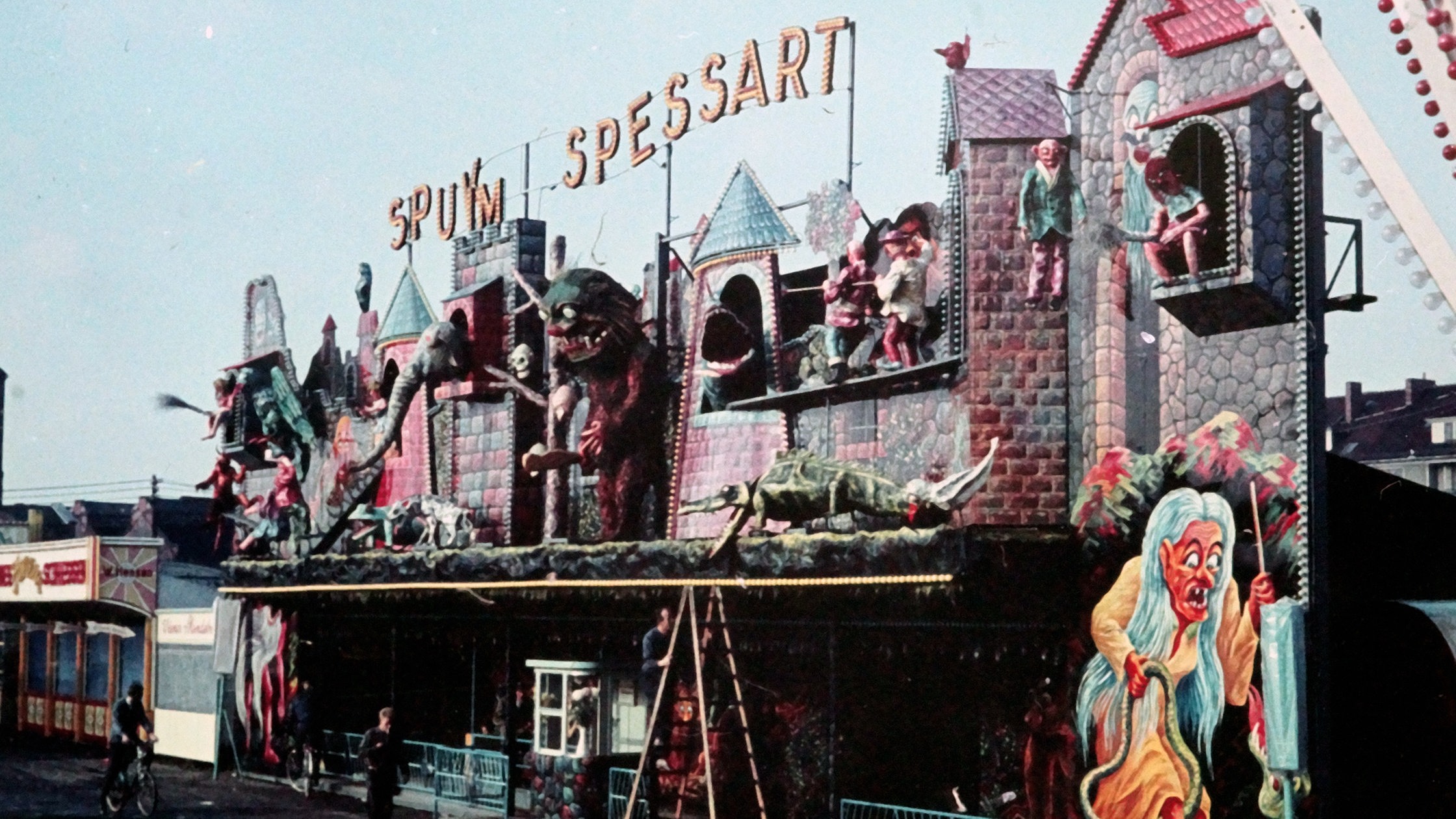
![[October 18, 1966] Moral Dilemmas and Earth in Peril: <i>Space Patrol Orion</i> Episode 2: "Planet Off Course"](https://galacticjourney.org/wp-content/uploads/2021/10/Lydia_van_Dyke-3377405cc22c7078.webp)
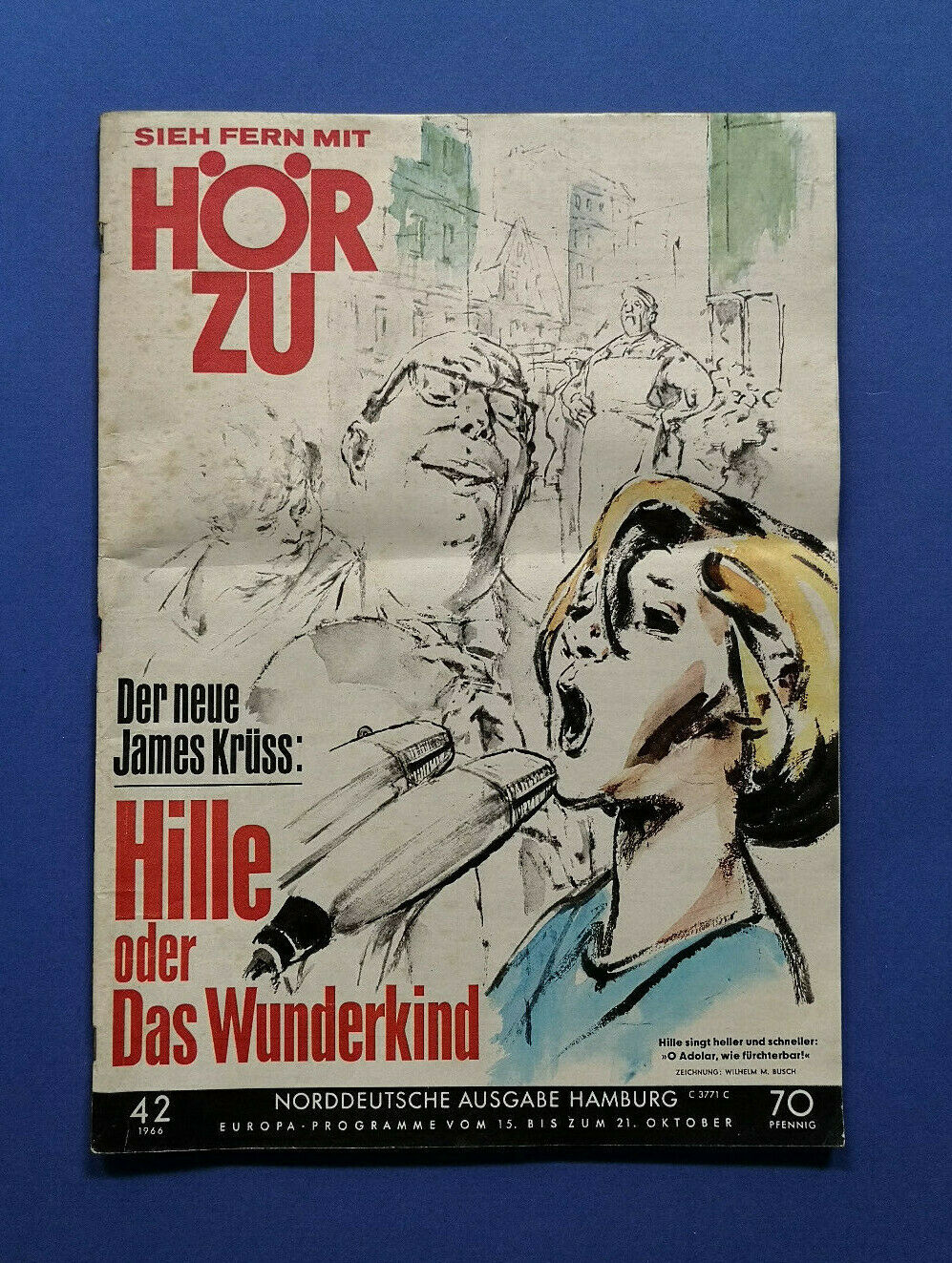
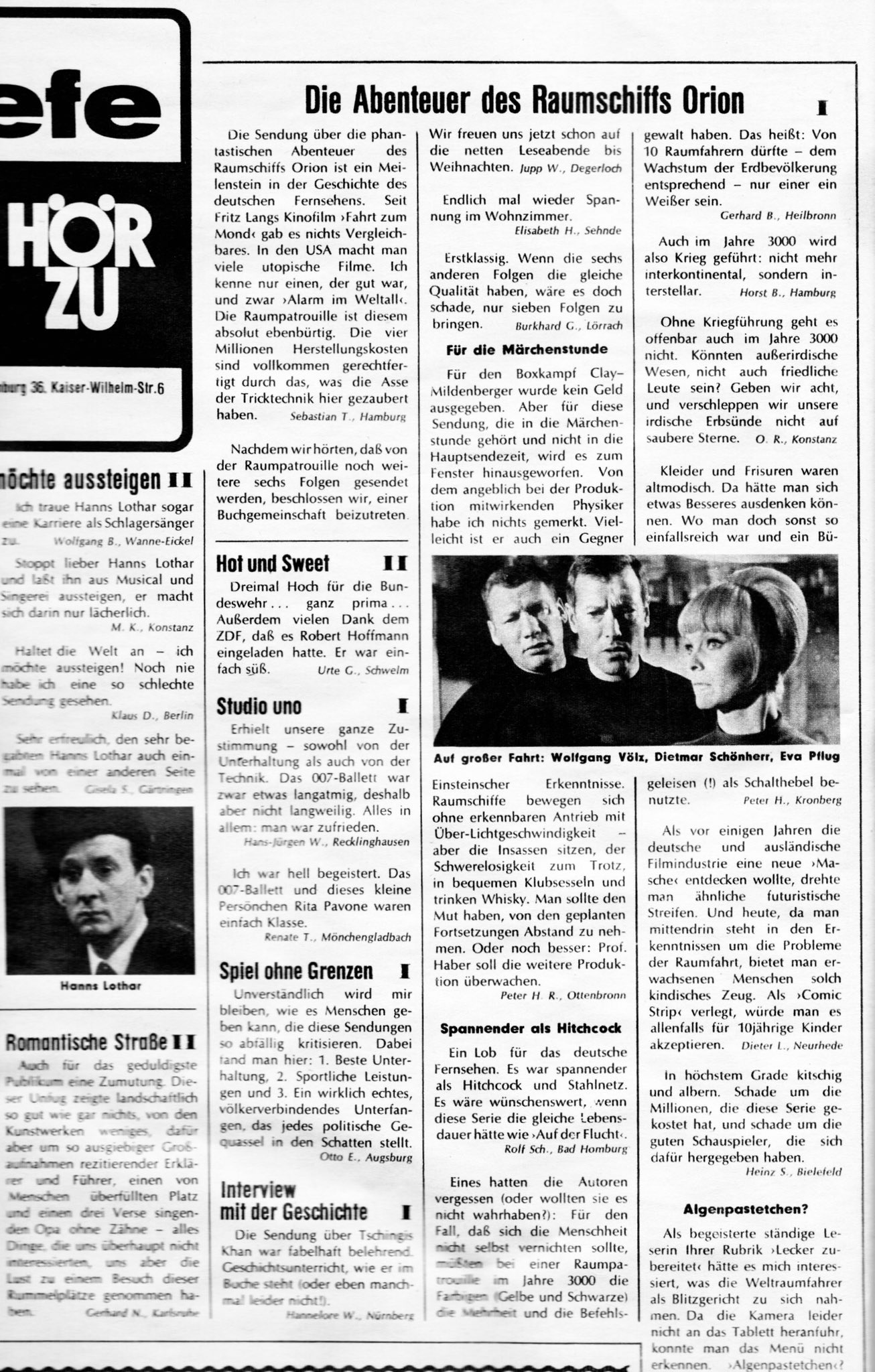

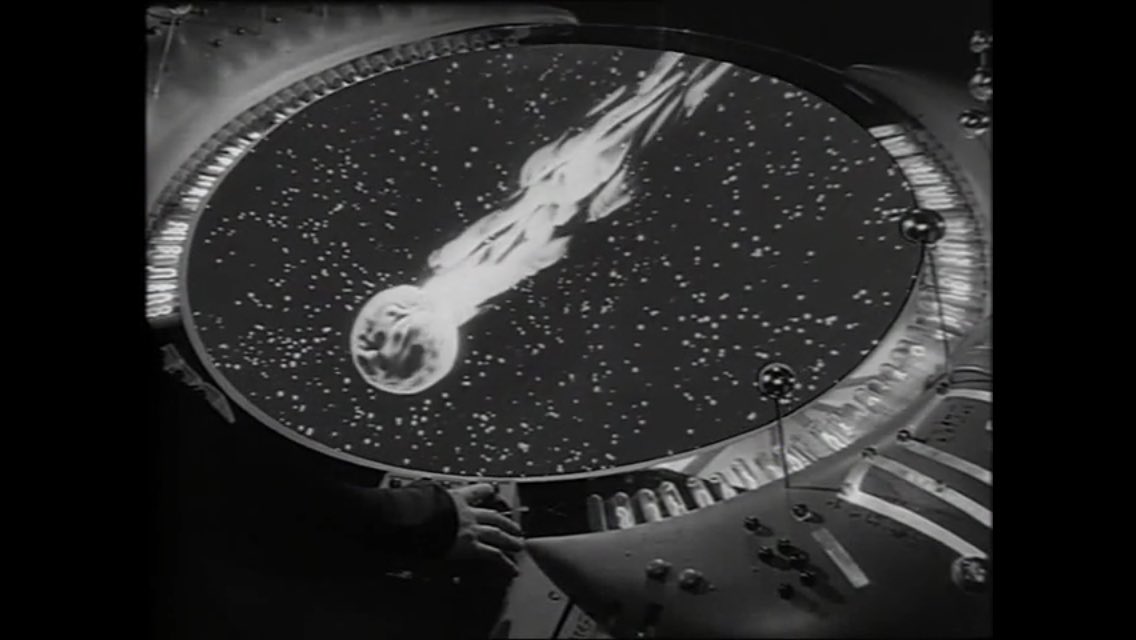
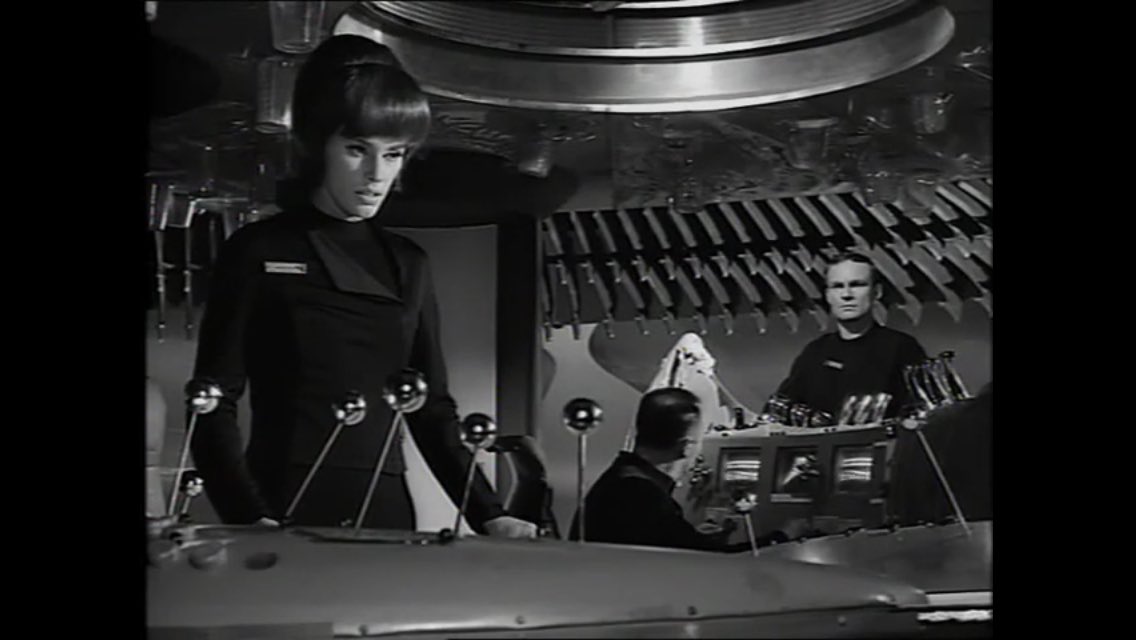


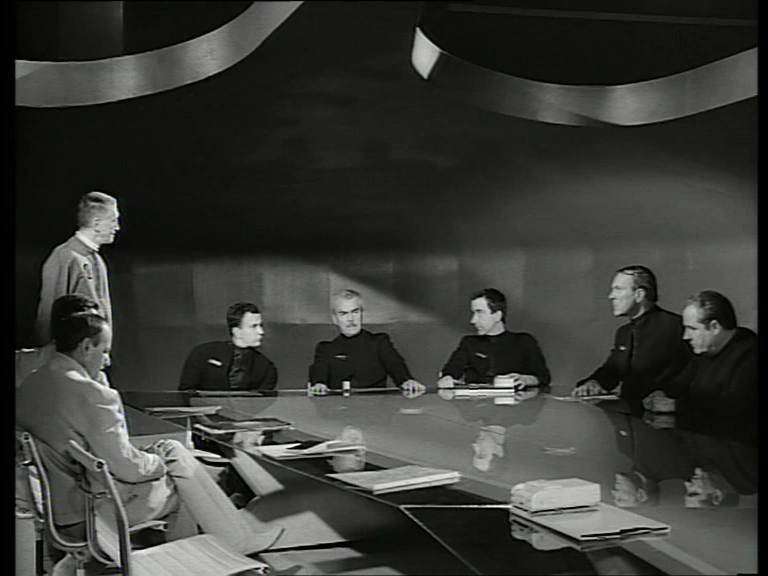
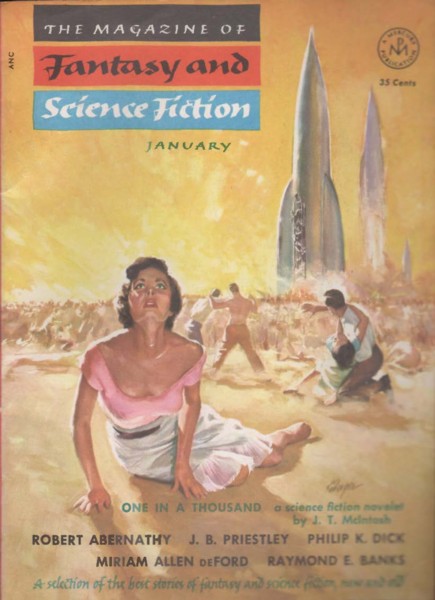
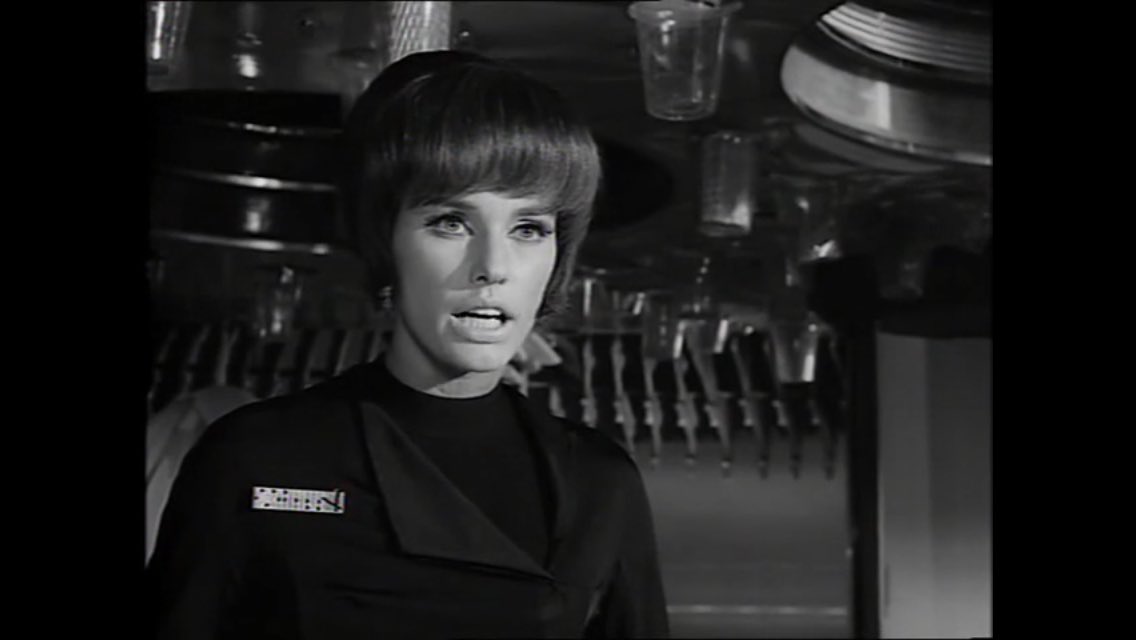


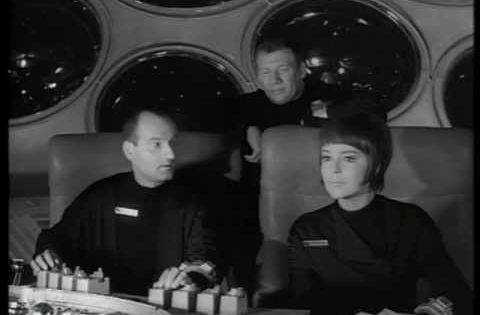
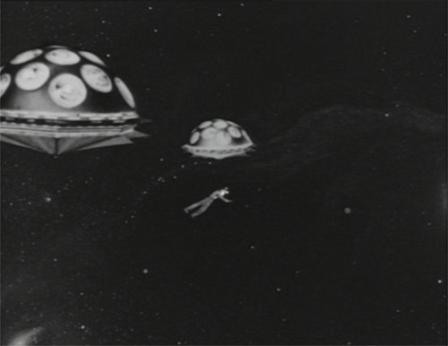
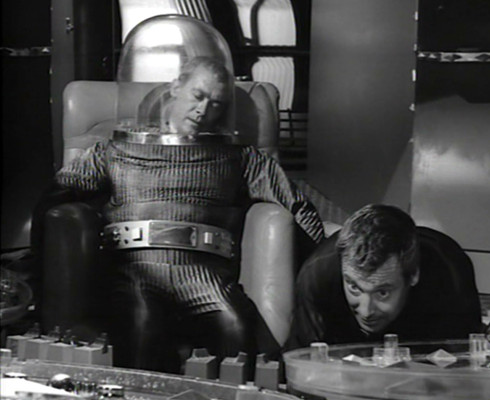
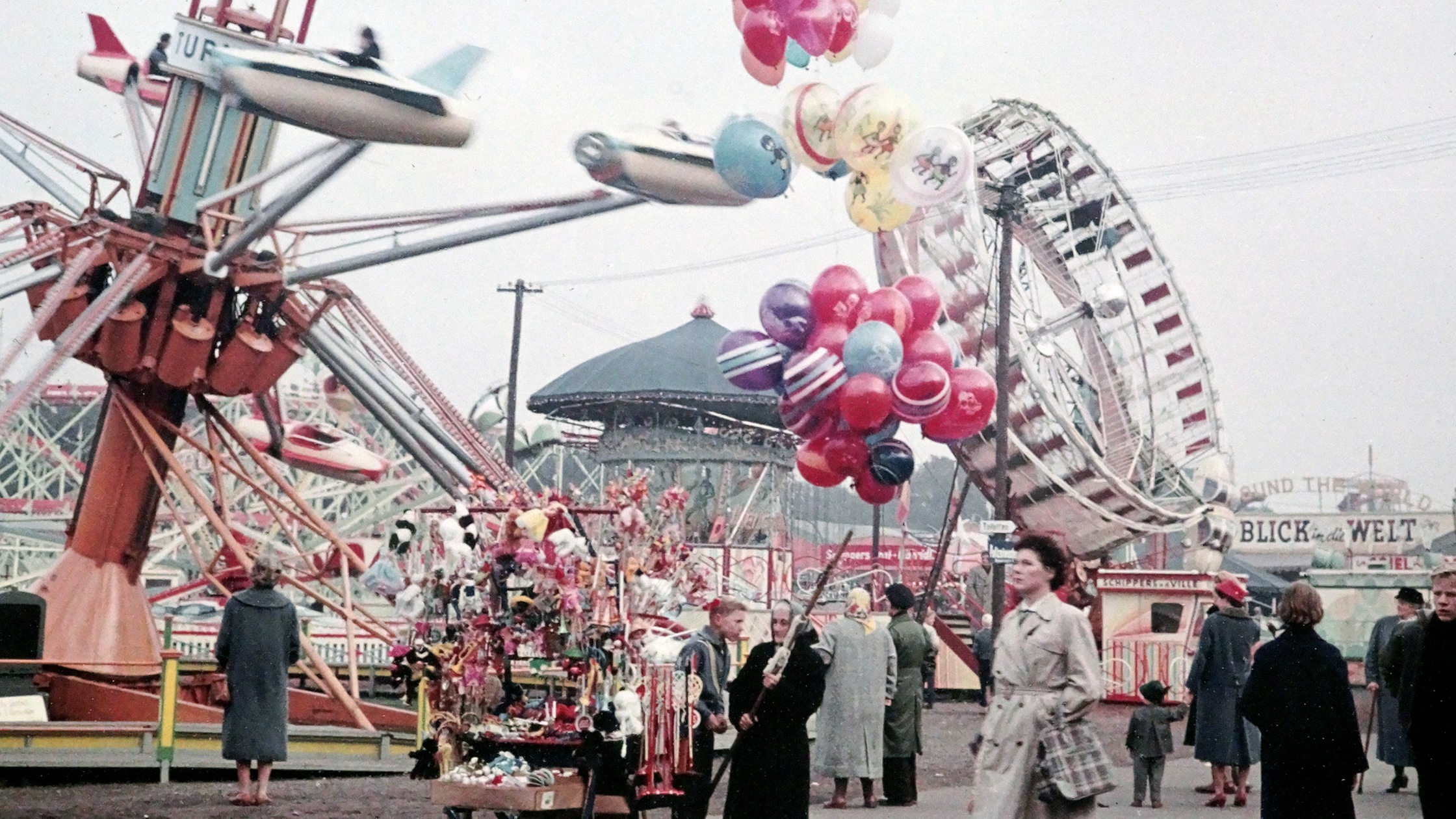



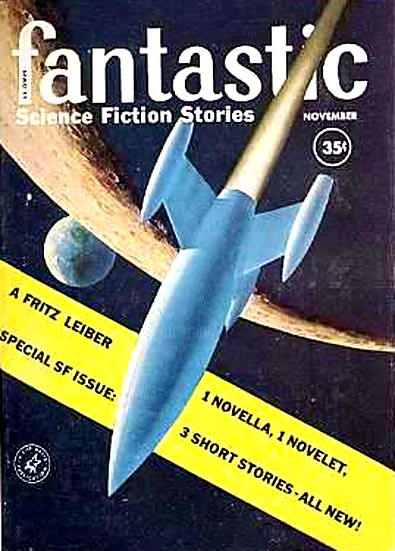


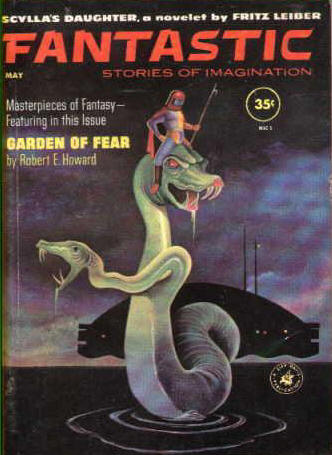
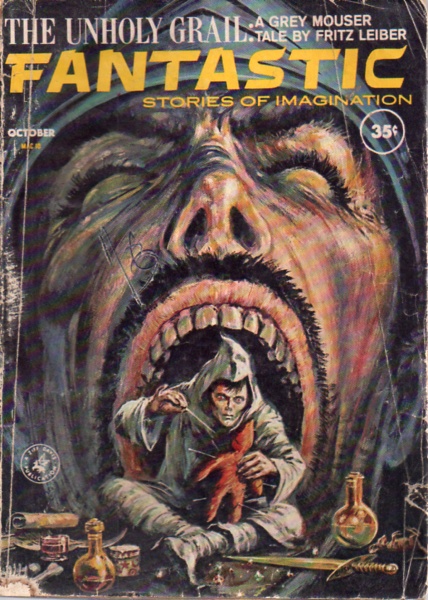
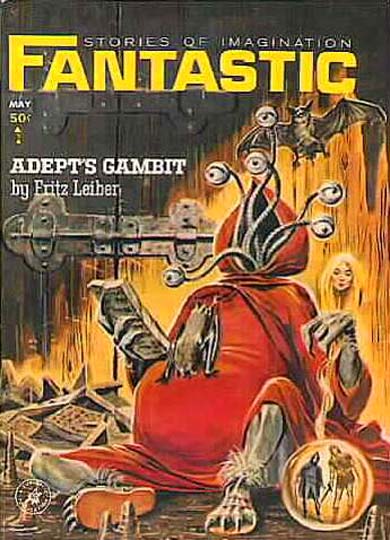
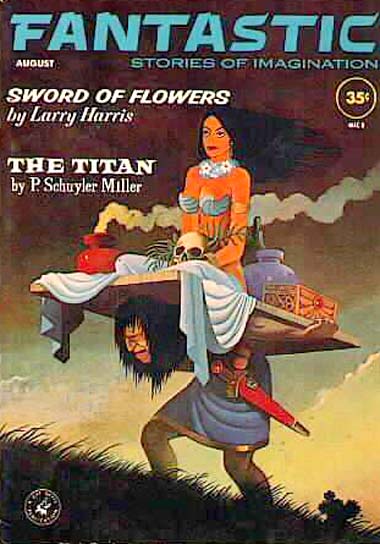
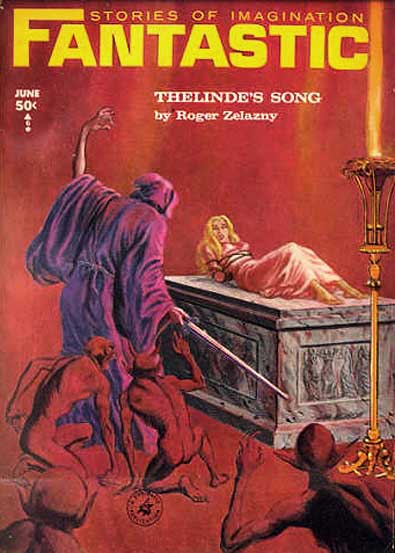
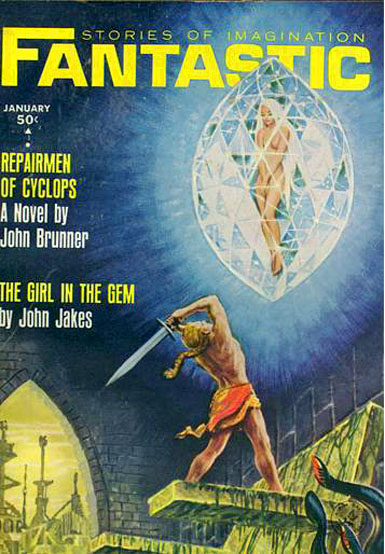
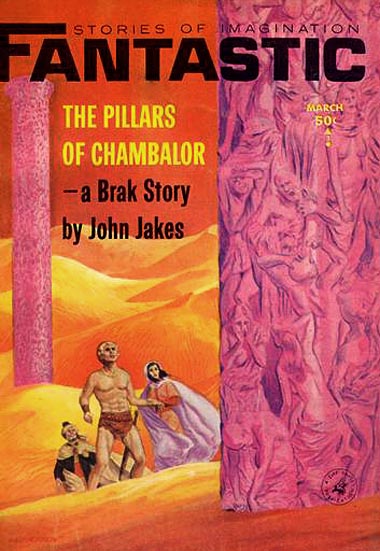
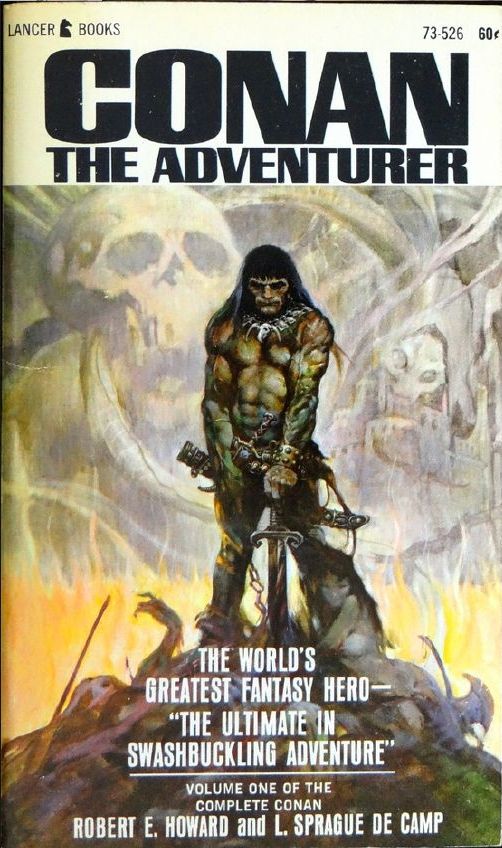

![[September 24, 1966] Science Fiction TV from West Germany: <i>Space Patrol: The Fantastic Adventures of the Spaceship Orion</i>: Episode 1: <i>Attack From Space</i>](https://galacticjourney.org/wp-content/uploads/2021/09/csm_Orion_c35f4b833b-672x372.jpg)



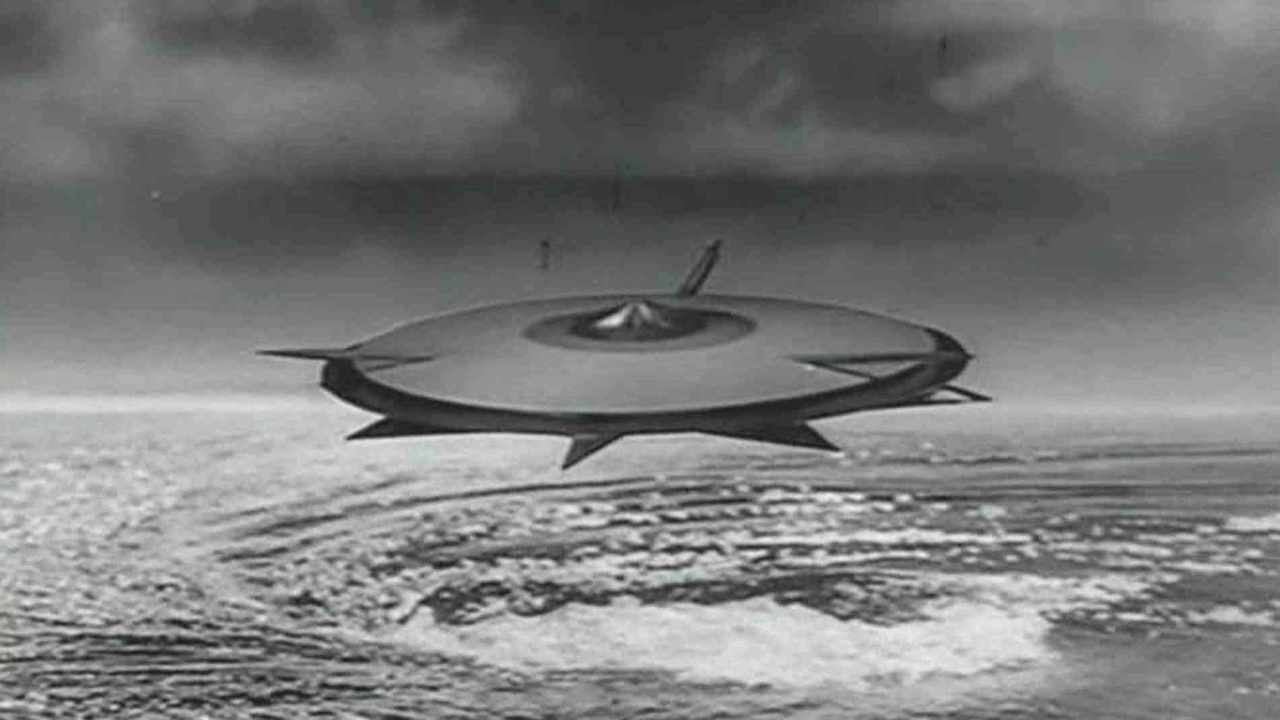
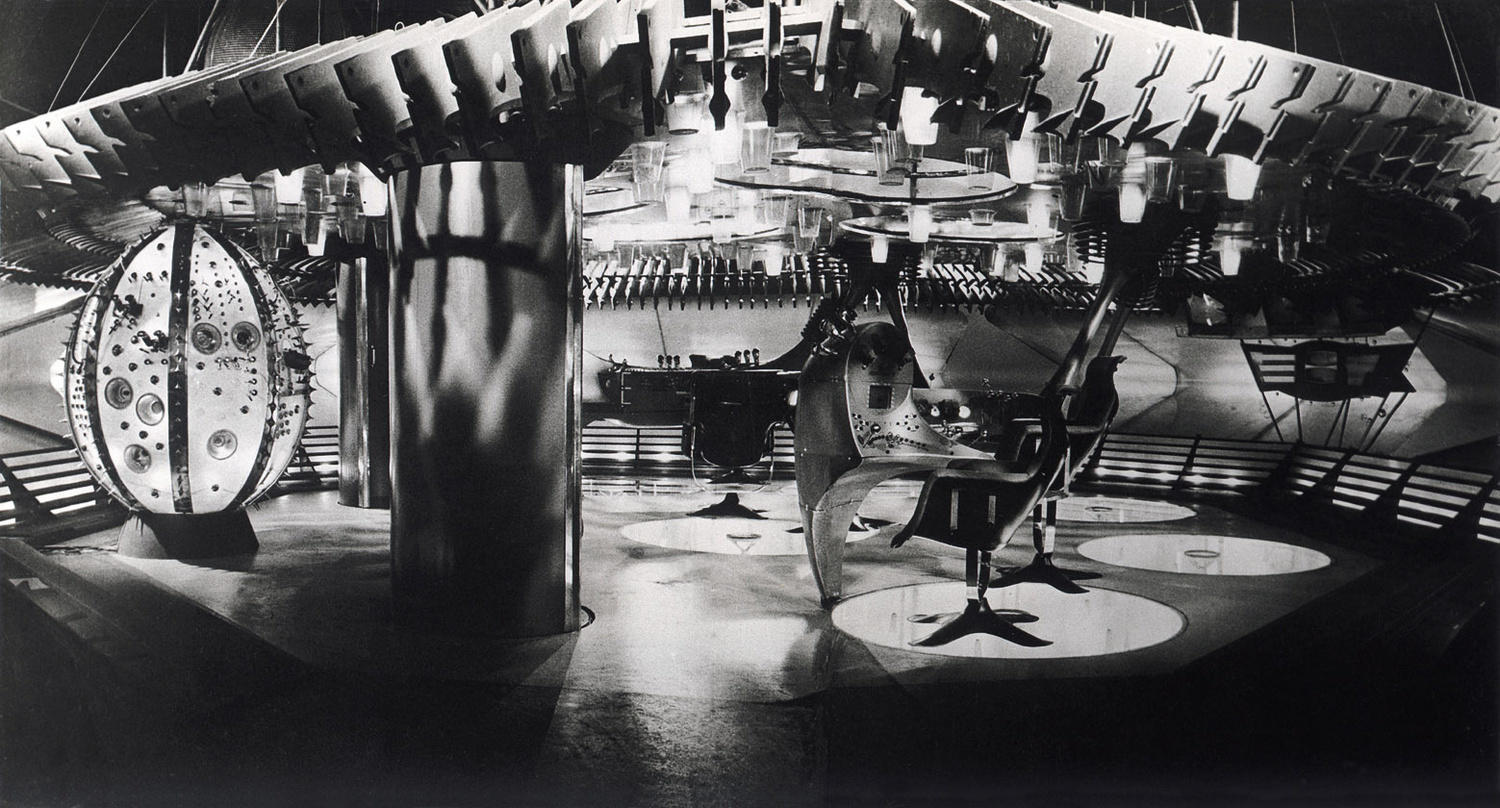

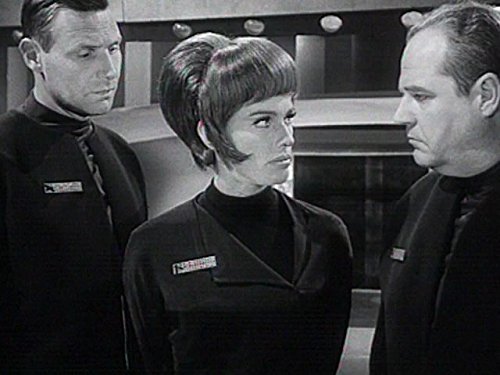

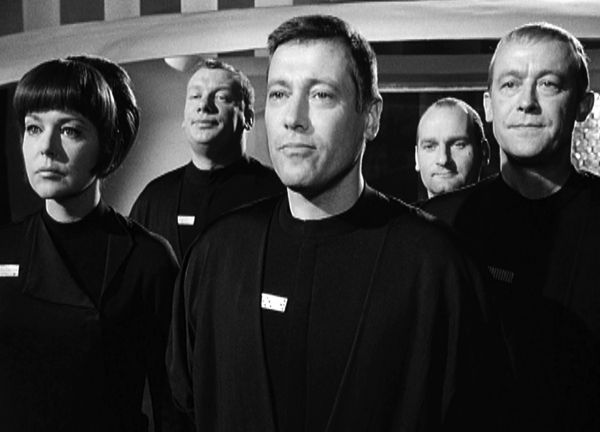


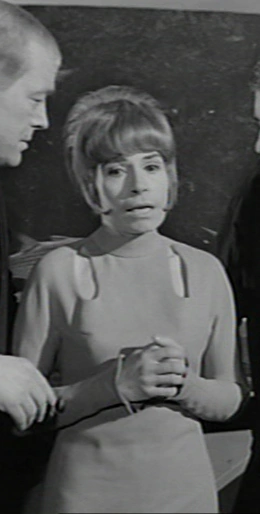
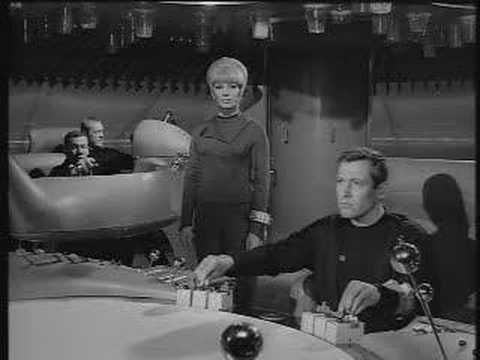

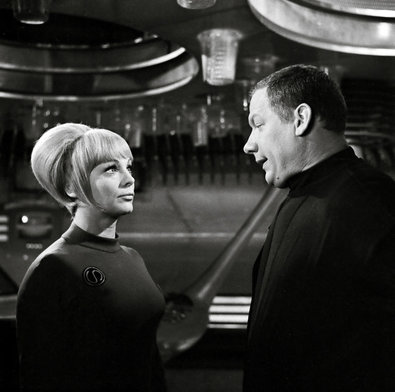


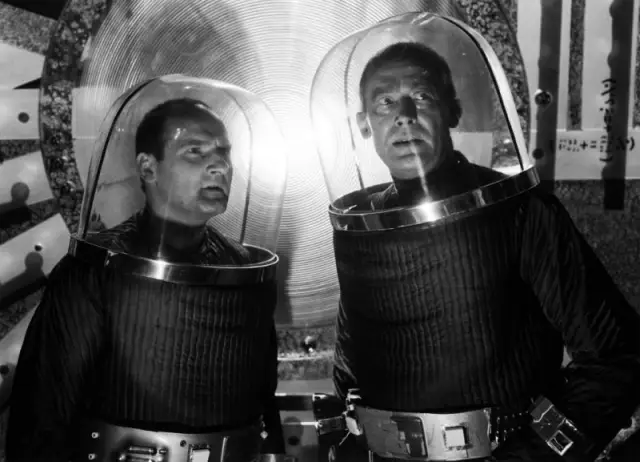

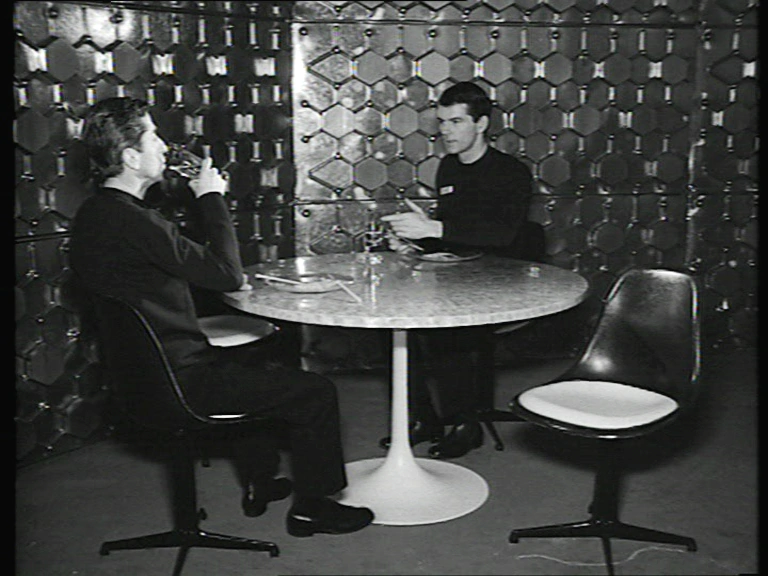
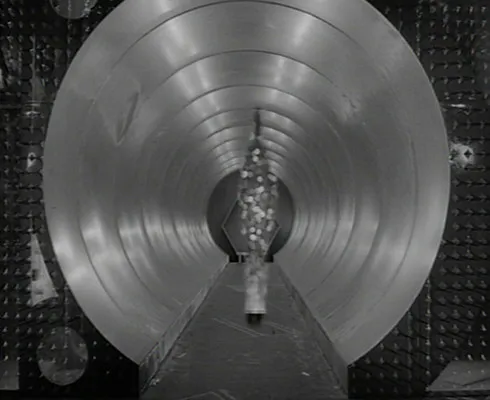

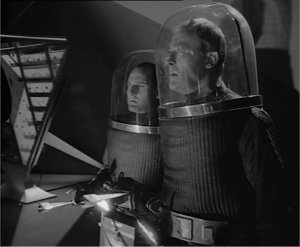

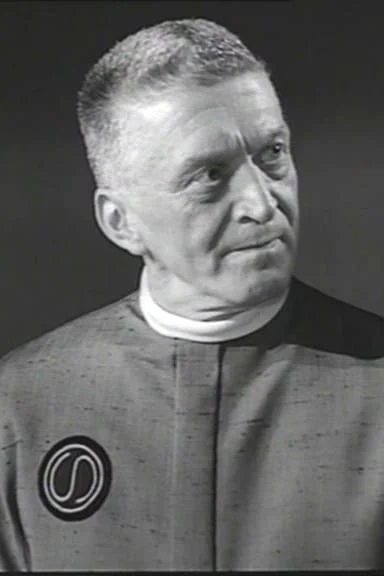
![[August 14, 1966] So Bad It's Hilarious (<i>The Star Magicians</i> by Lin Carter/<i>The Off-Worlders</i> by John Baxter (Ace Double G-588))](https://galacticjourney.org/wp-content/uploads/2021/08/lin-carter-the-star-magicians-425x372.jpg)

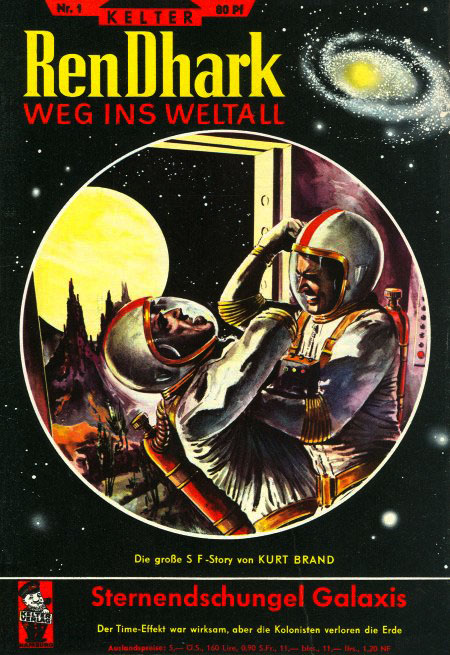
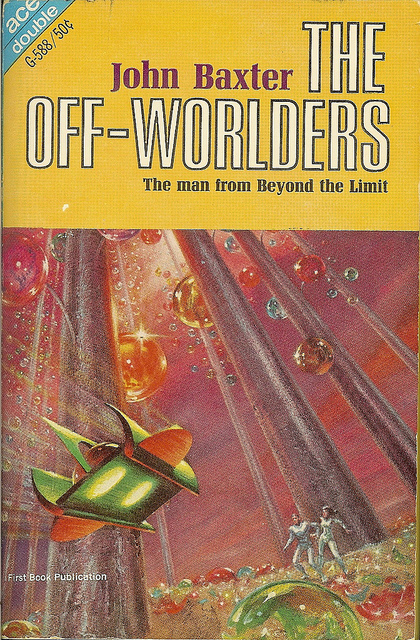
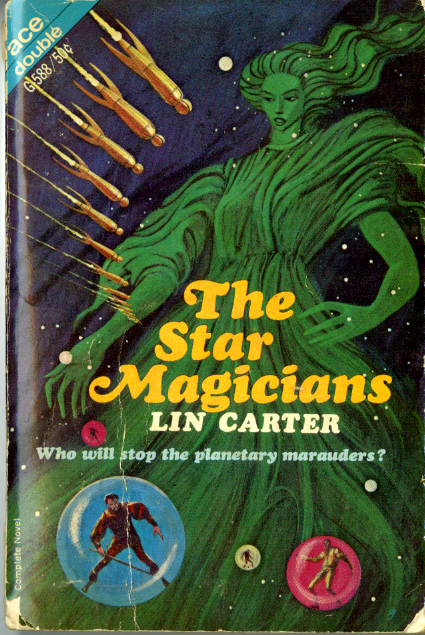



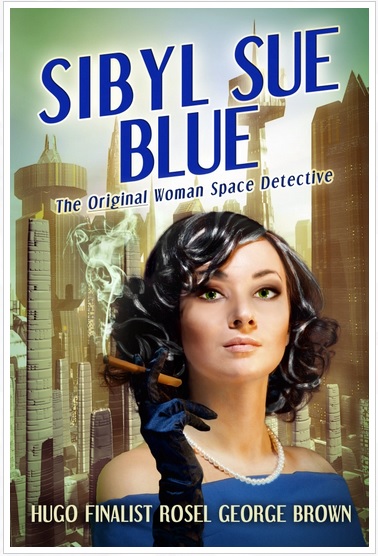
![[June 14, 1966] Aliens, Housewives and Overpopulation: <i>Orbit 1</i>, edited by Damon Knight](https://galacticjourney.org/wp-content/uploads/2021/06/ORBIT11966-270x372.jpg)








![[May 16, 1966] Spies, Poets and Linguists: <i>Babel-17</i> by Samuel R. Delany](https://galacticjourney.org/wp-content/uploads/2021/05/BBEL1966-386x372.jpg)


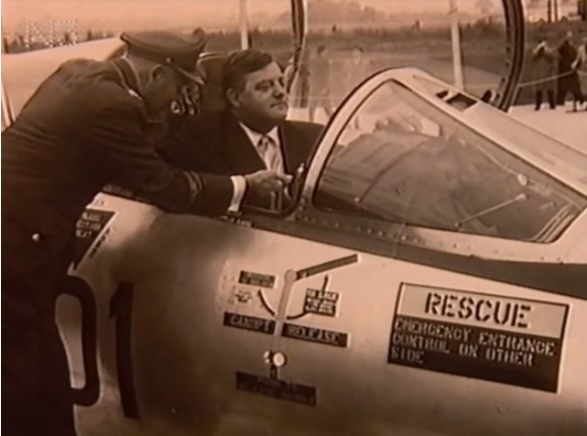
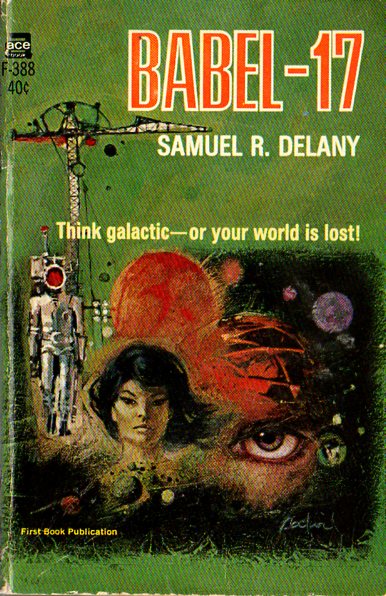



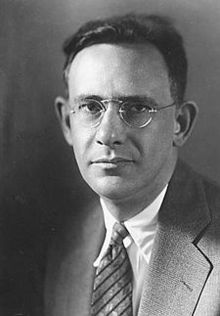
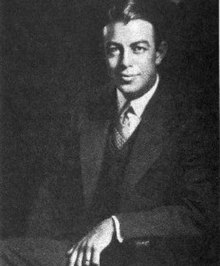
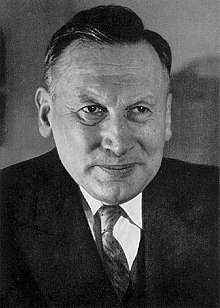
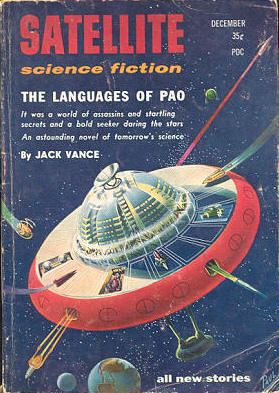
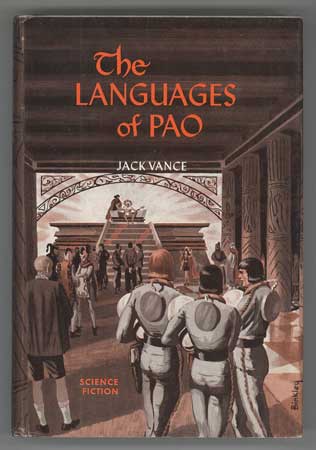
![[April 10, 1966] A Fairy Tale from the East: <i>King Thrushbeard</i>](https://galacticjourney.org/wp-content/uploads/2021/04/02-junger-Reiter-Manfred-Krug.jpg)









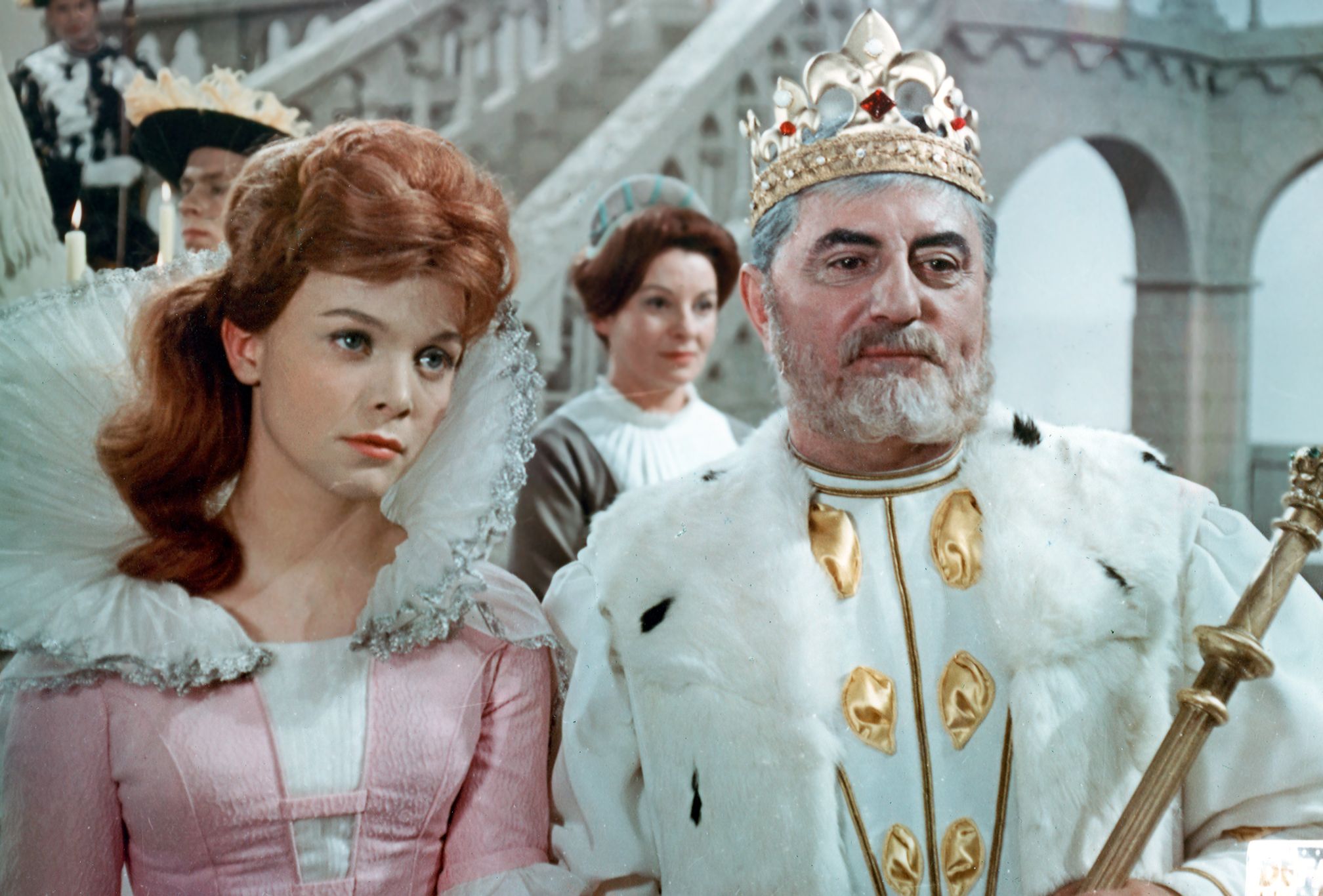

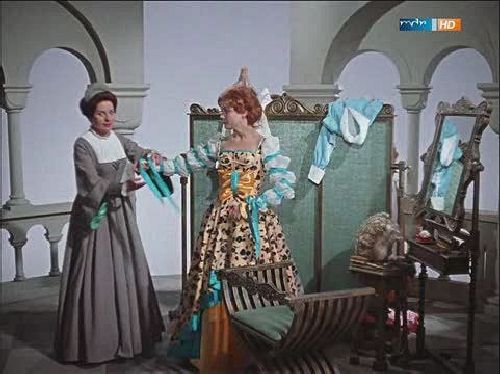



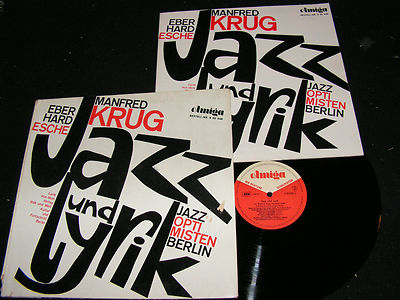
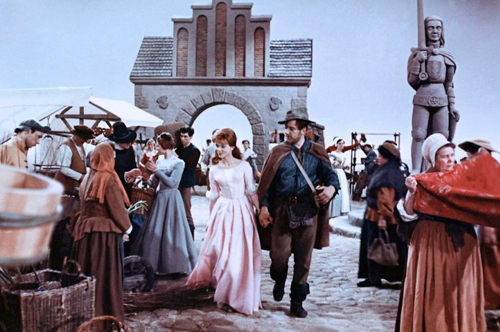
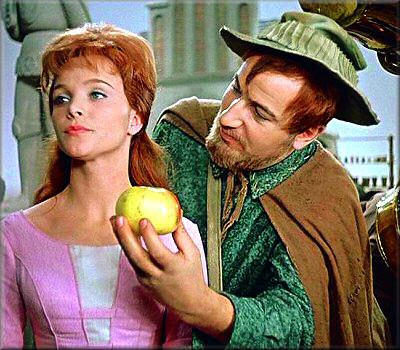


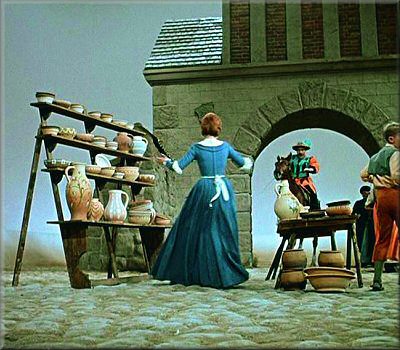

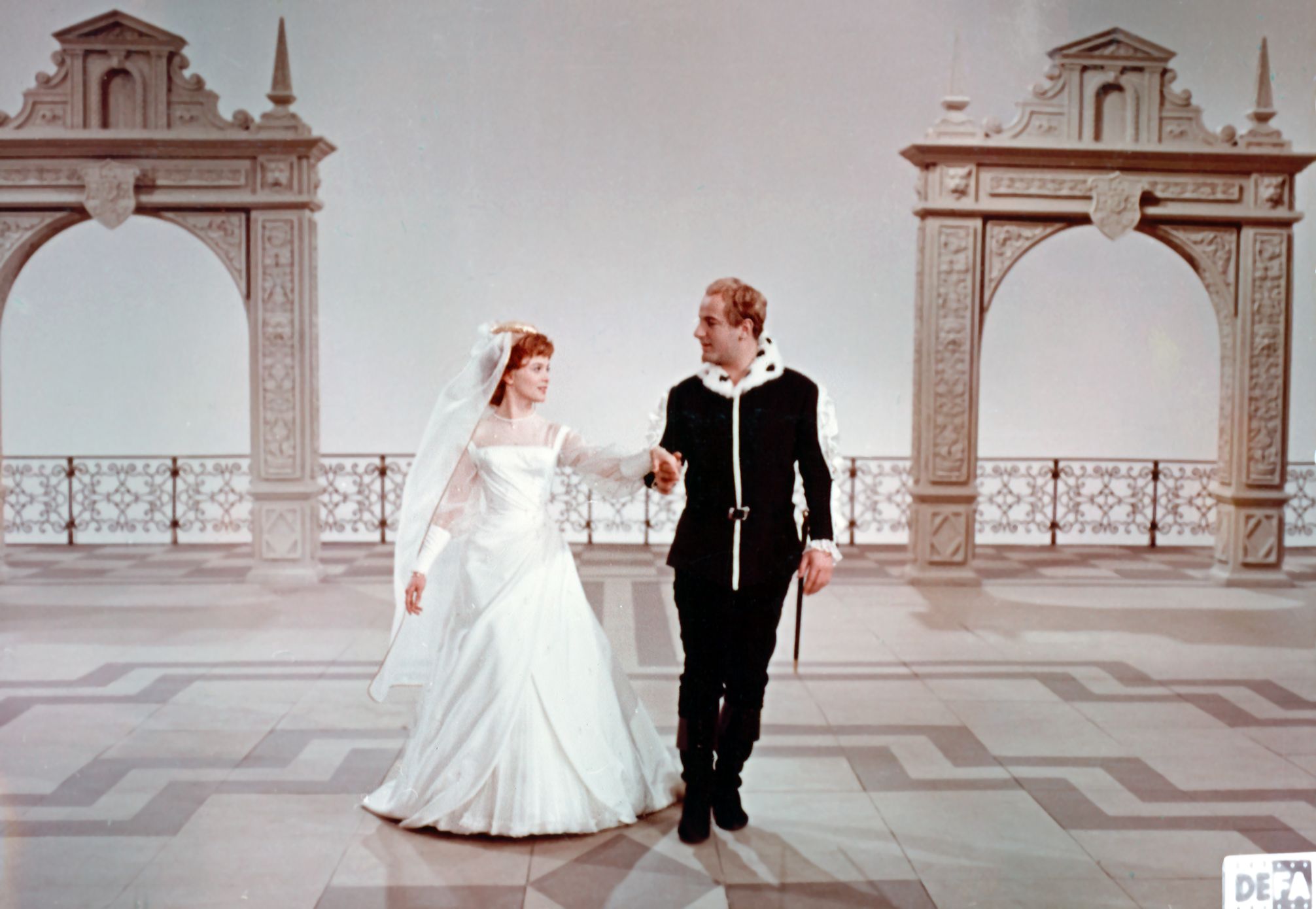
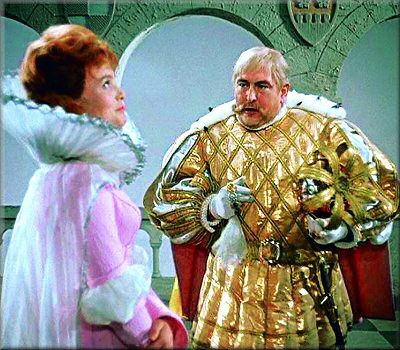

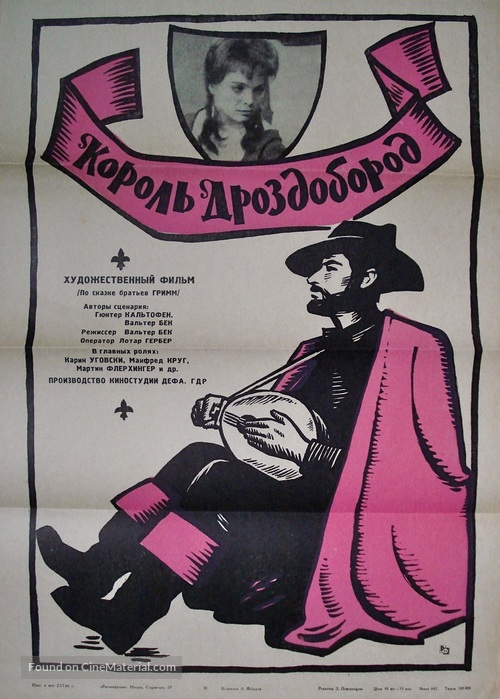
![[March 8, 1966] Revolutionary Art for Revolutionary Times: Friedrich Schiller's <i>The Robbers</i> and the Battle over West German Theatre](https://galacticjourney.org/wp-content/uploads/2021/03/2750485_1_articledetailpremiumbig_FTK_8686140218-672x372.jpg)




